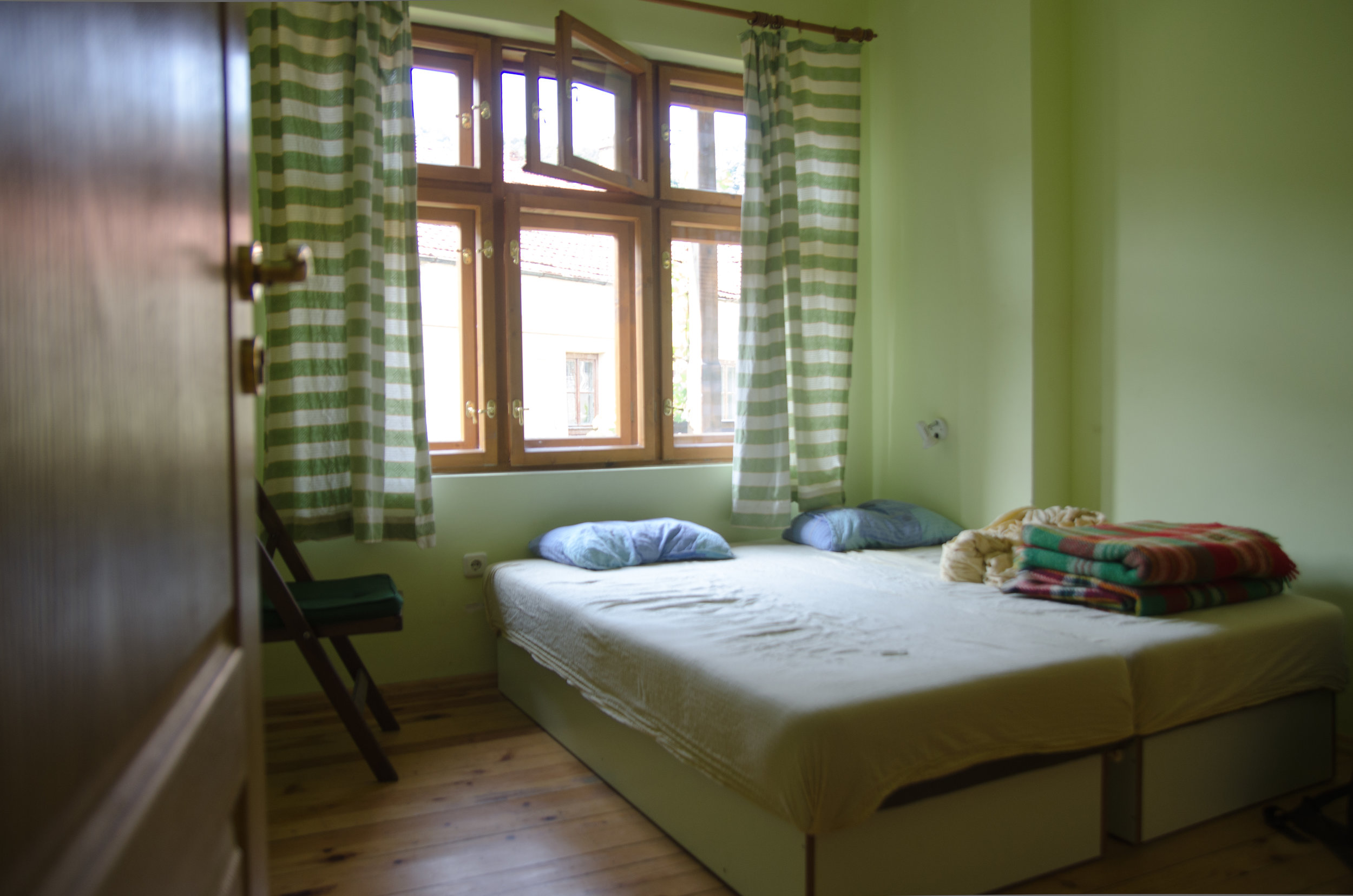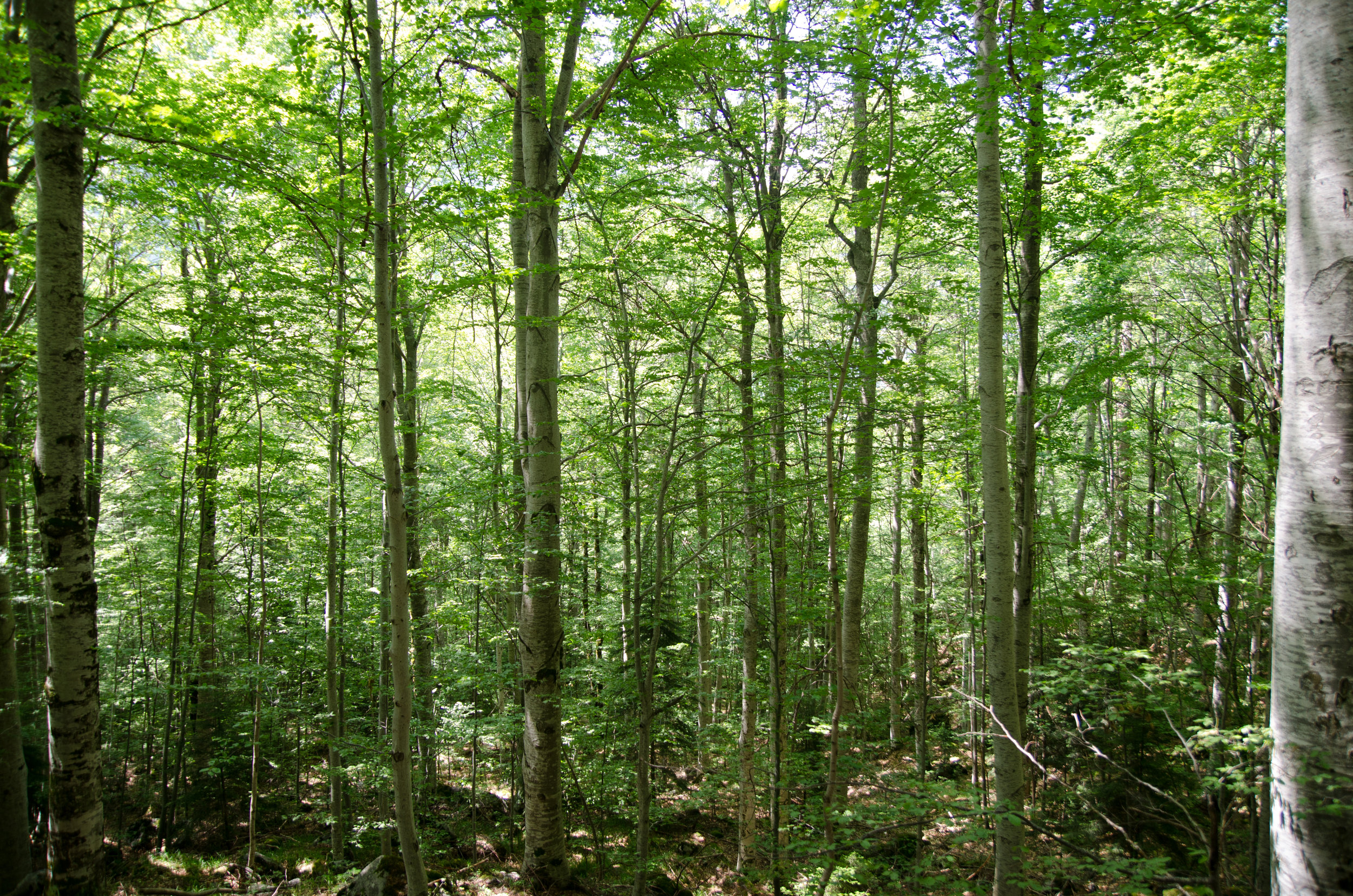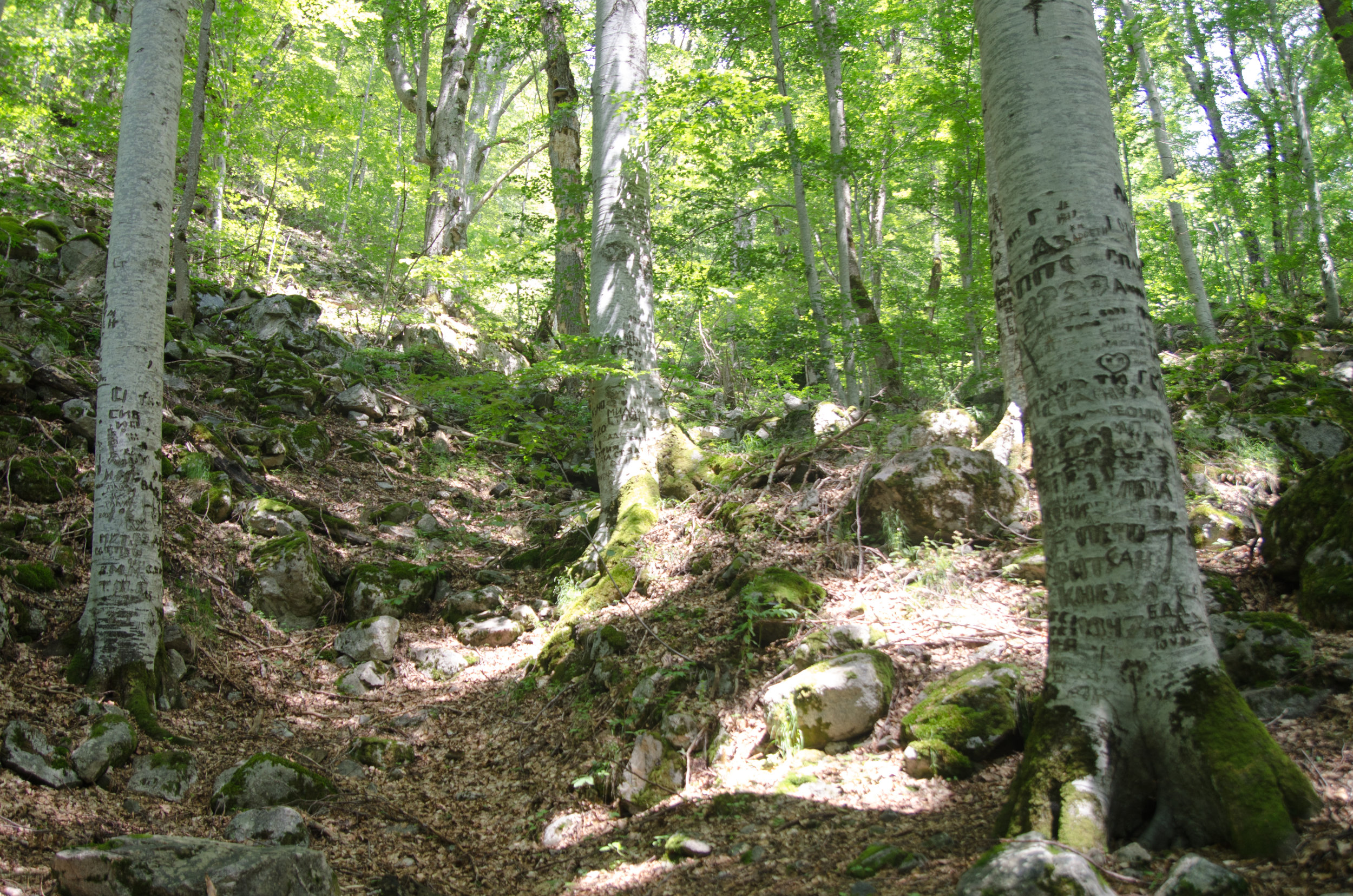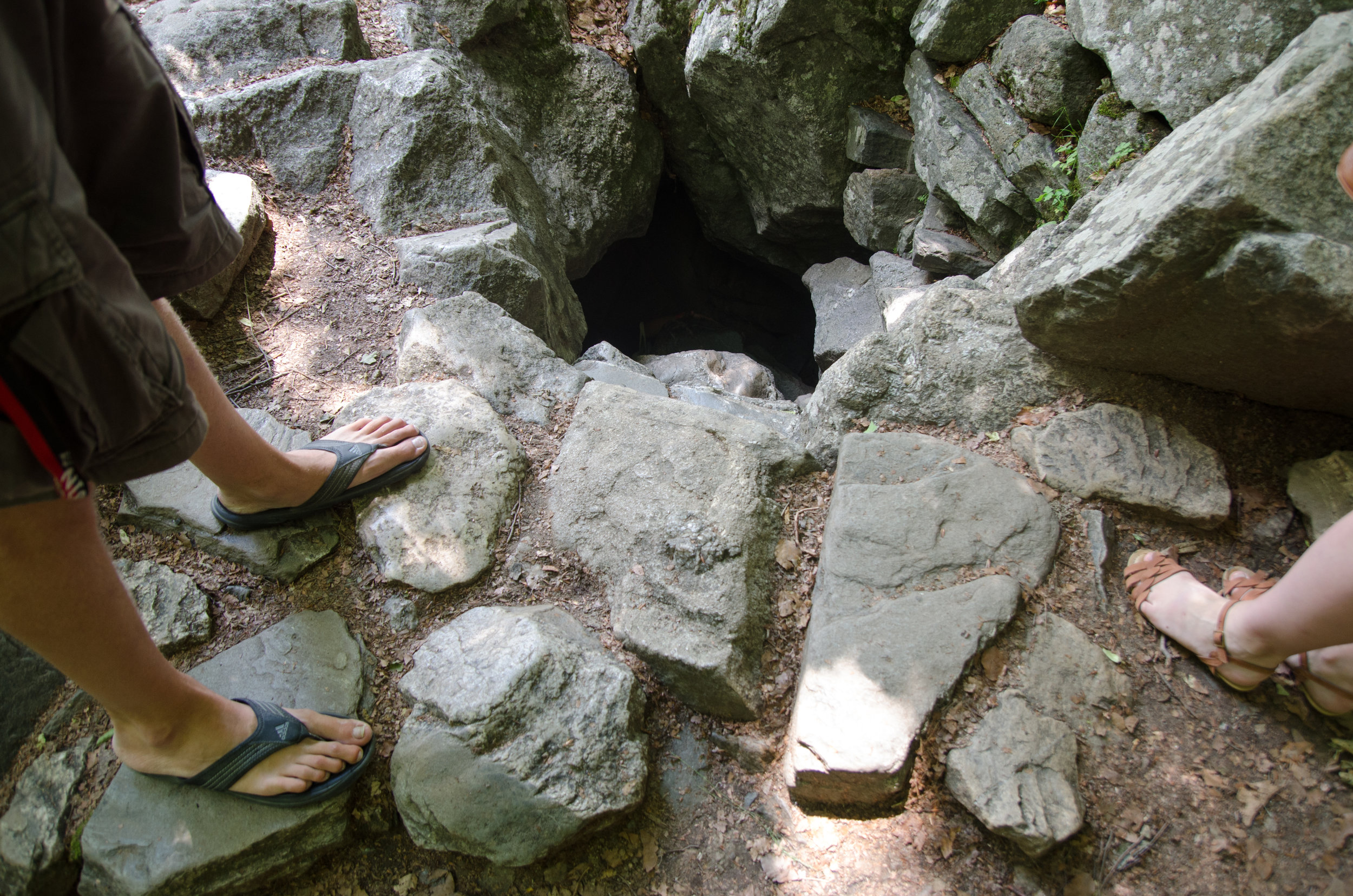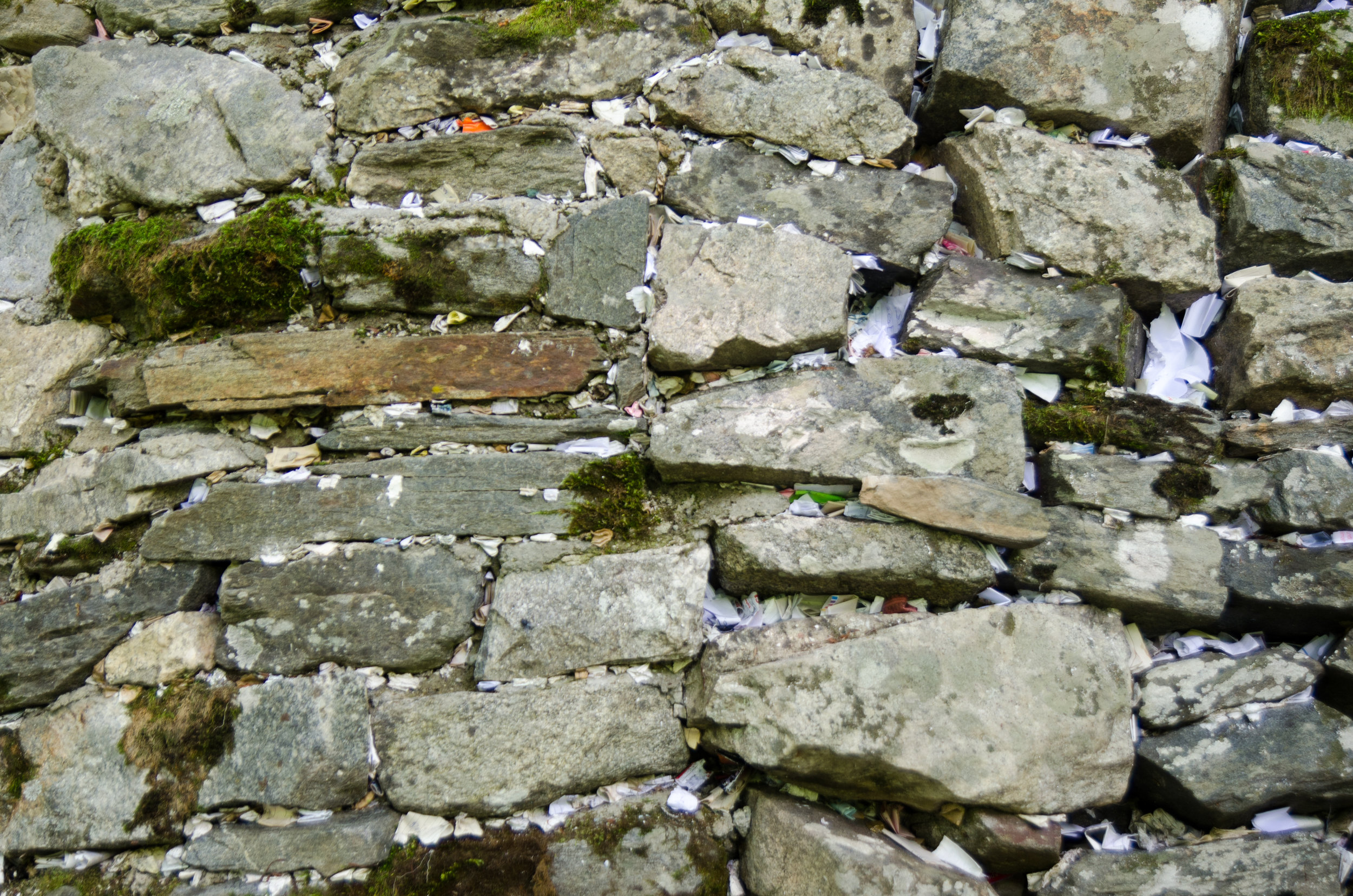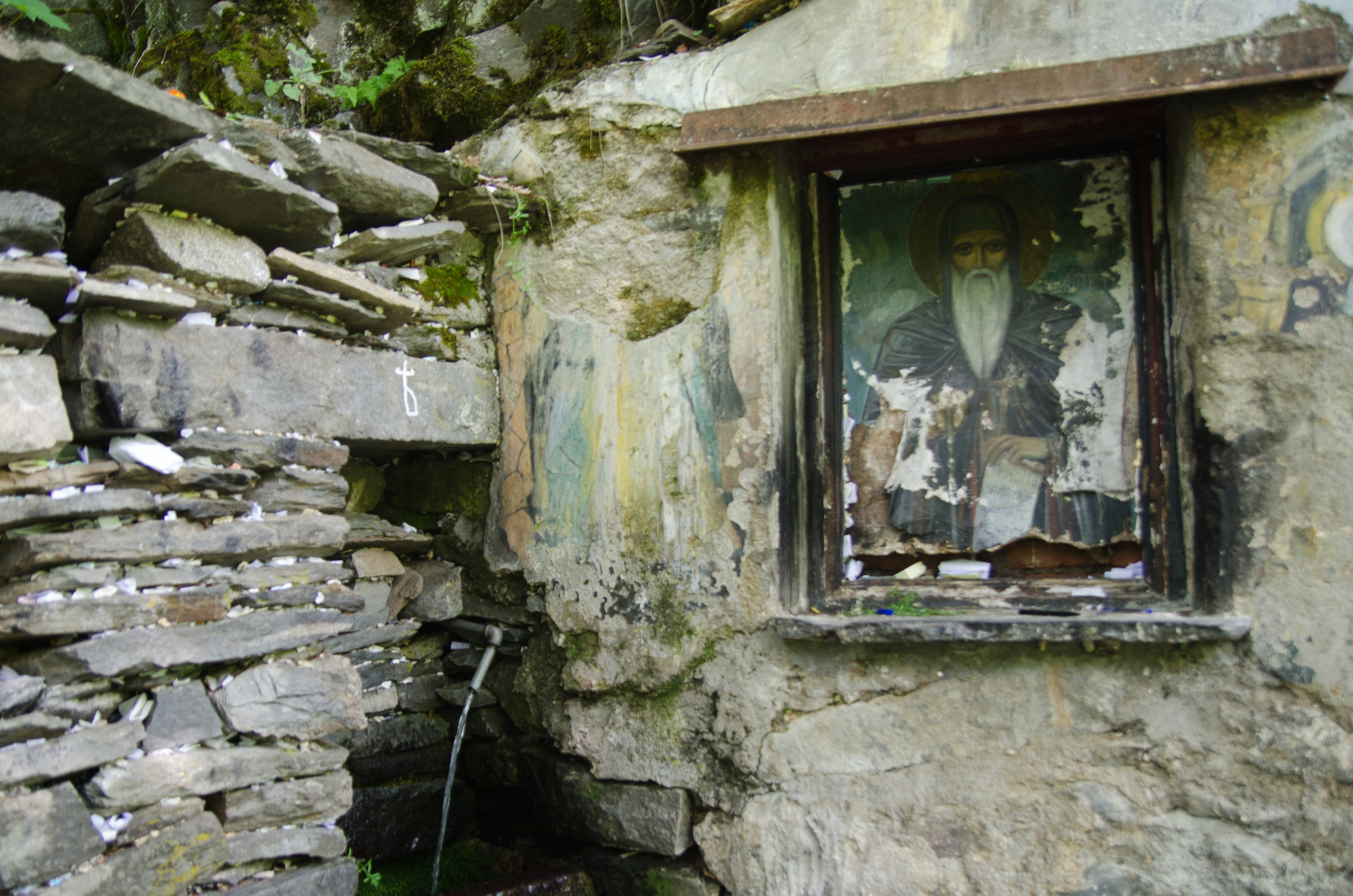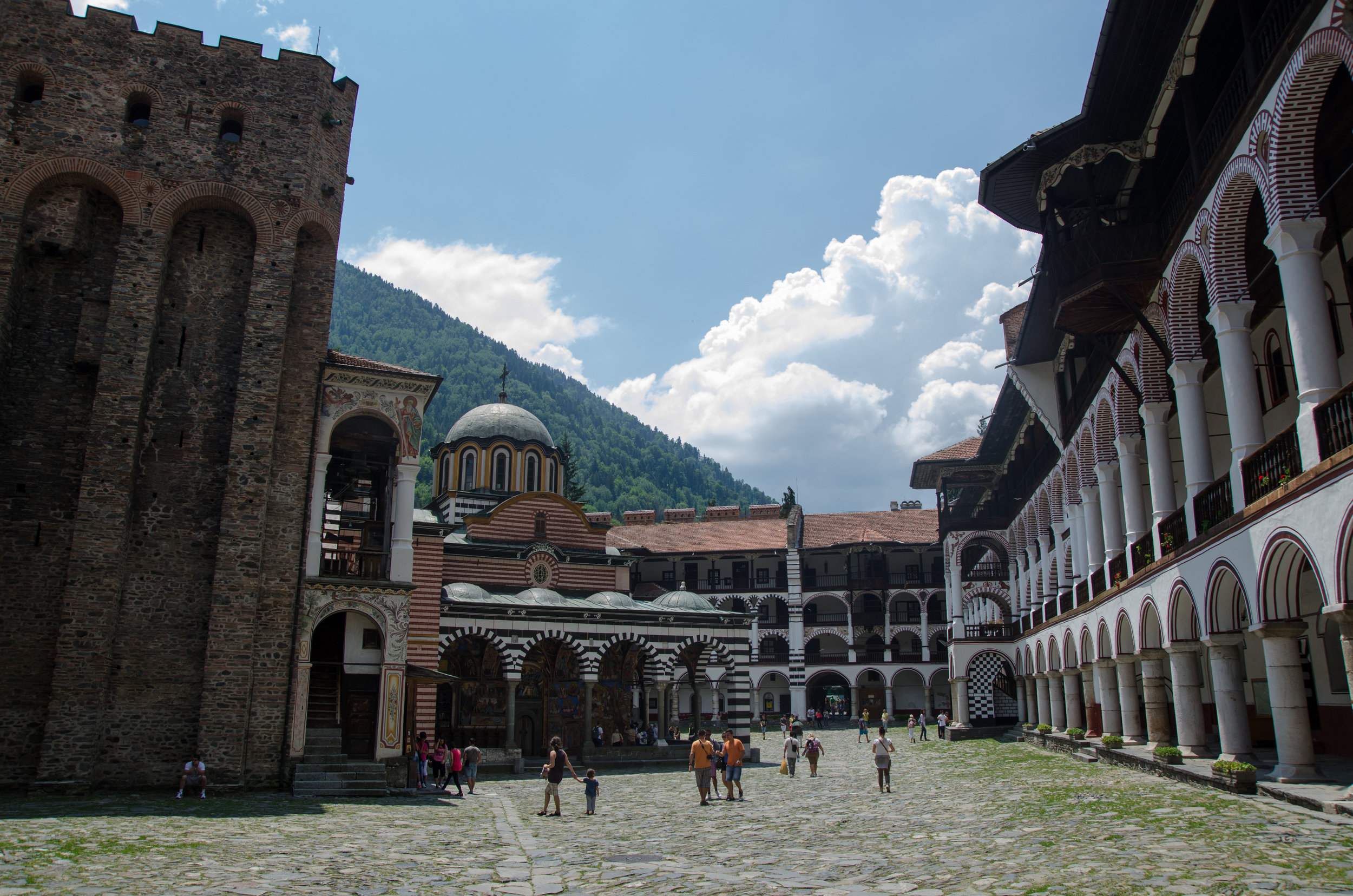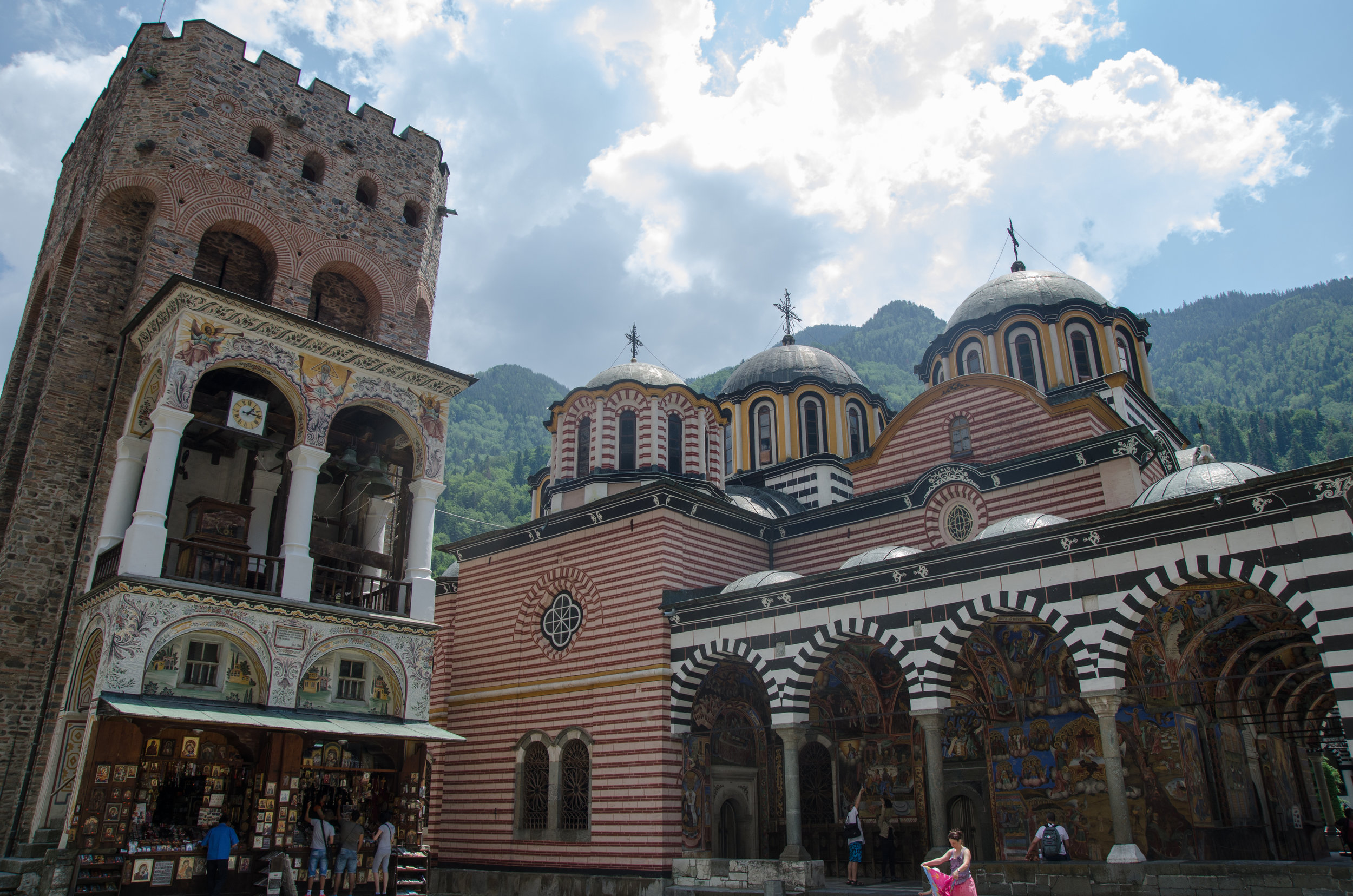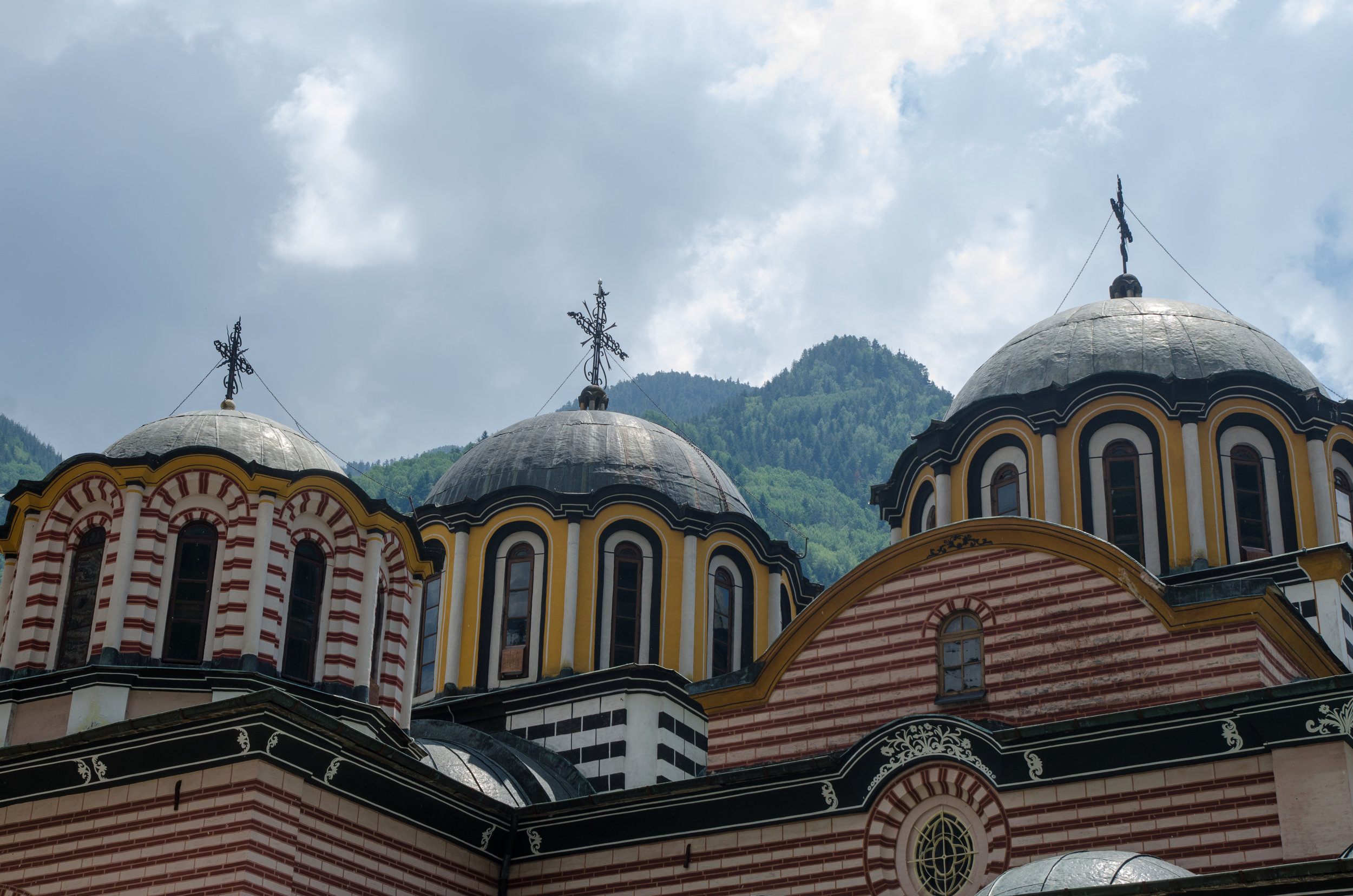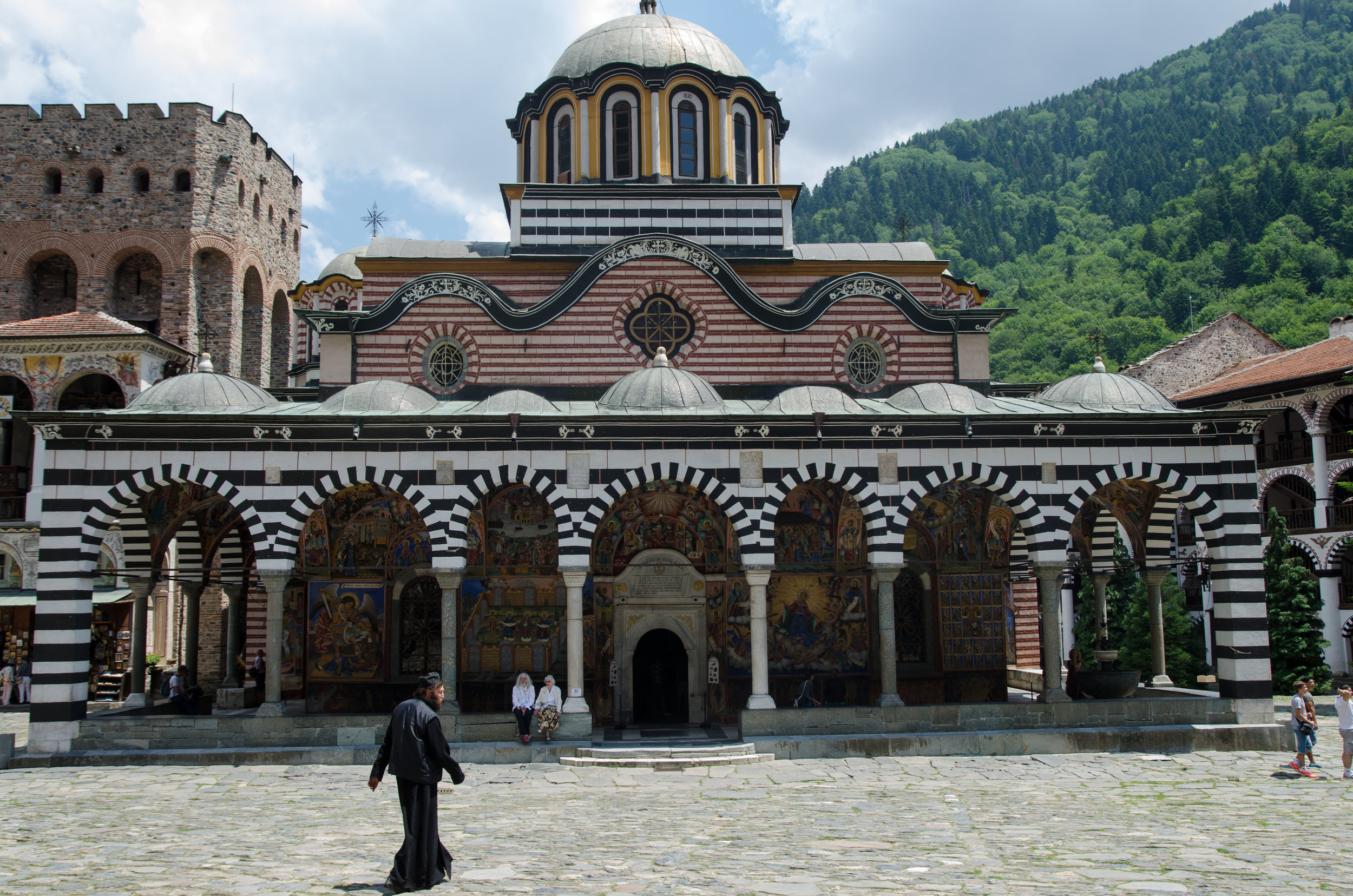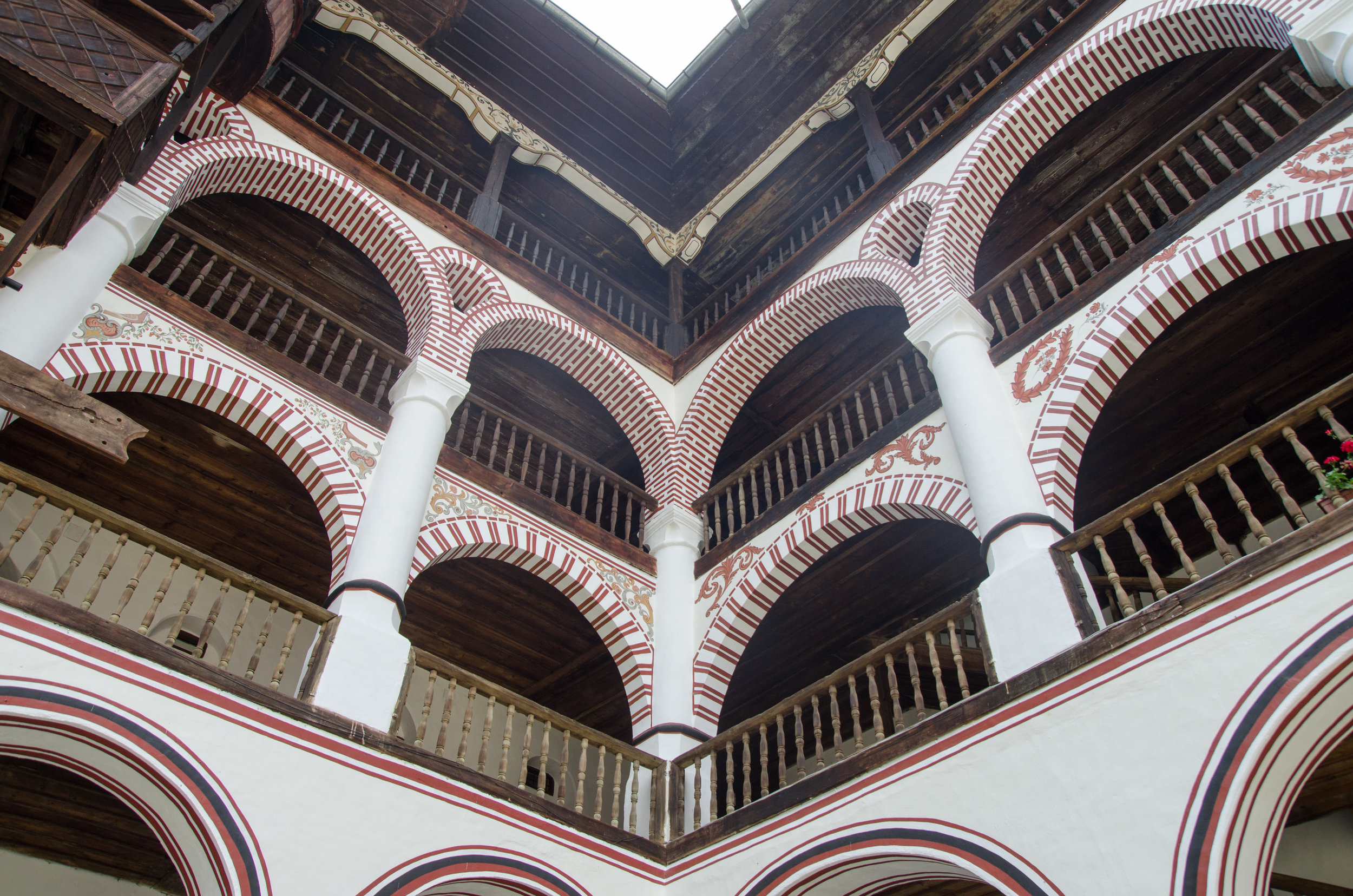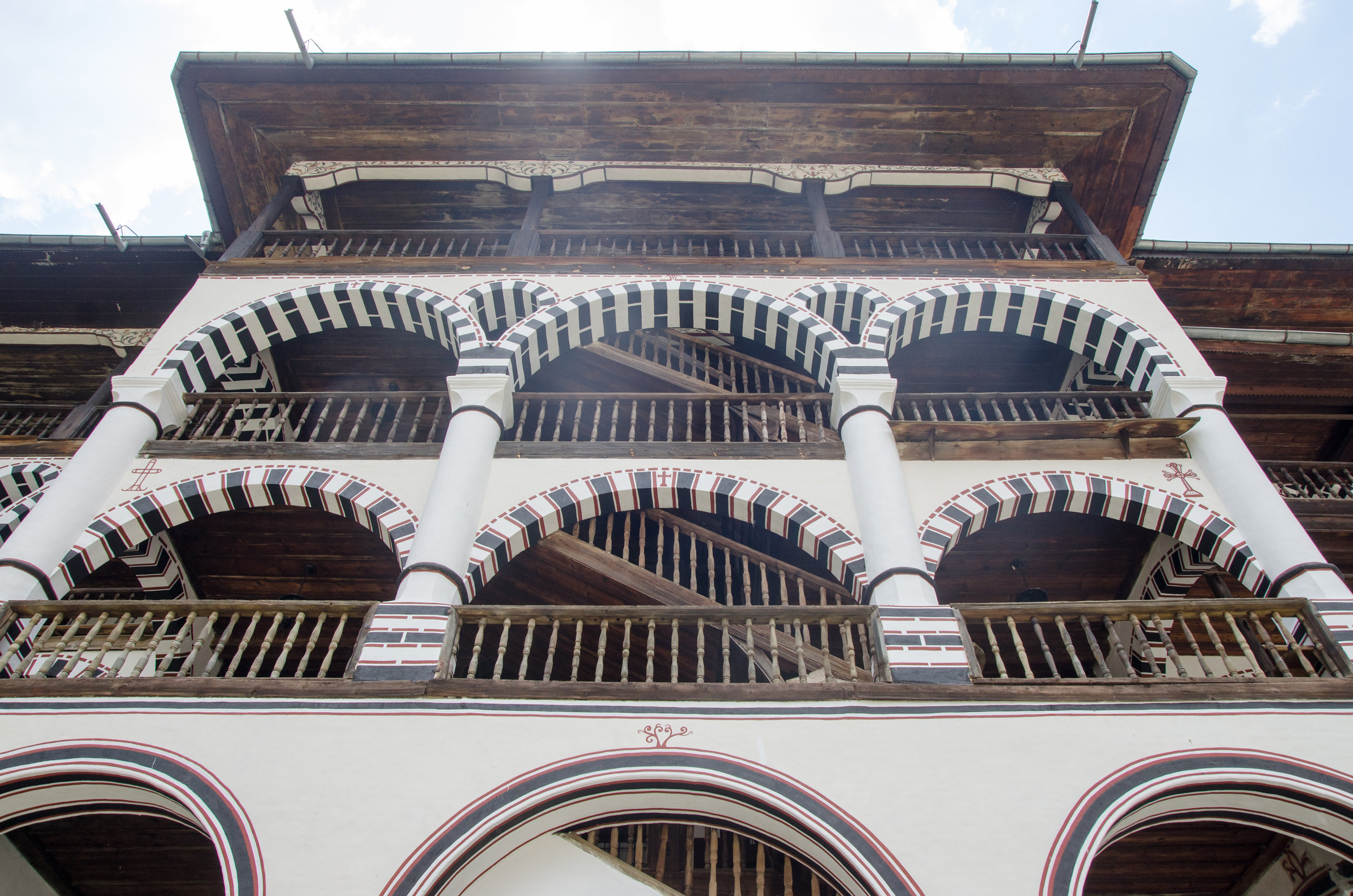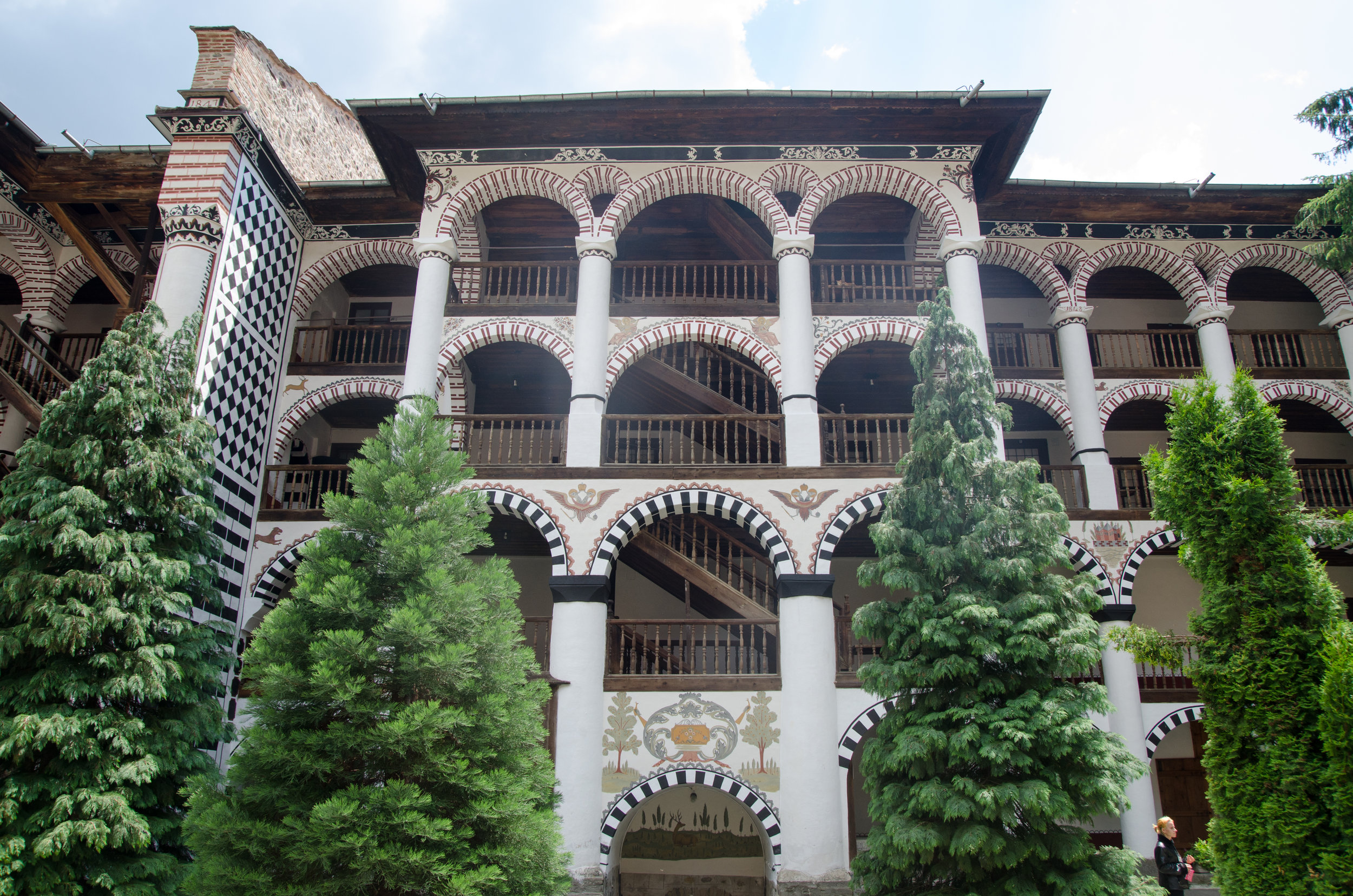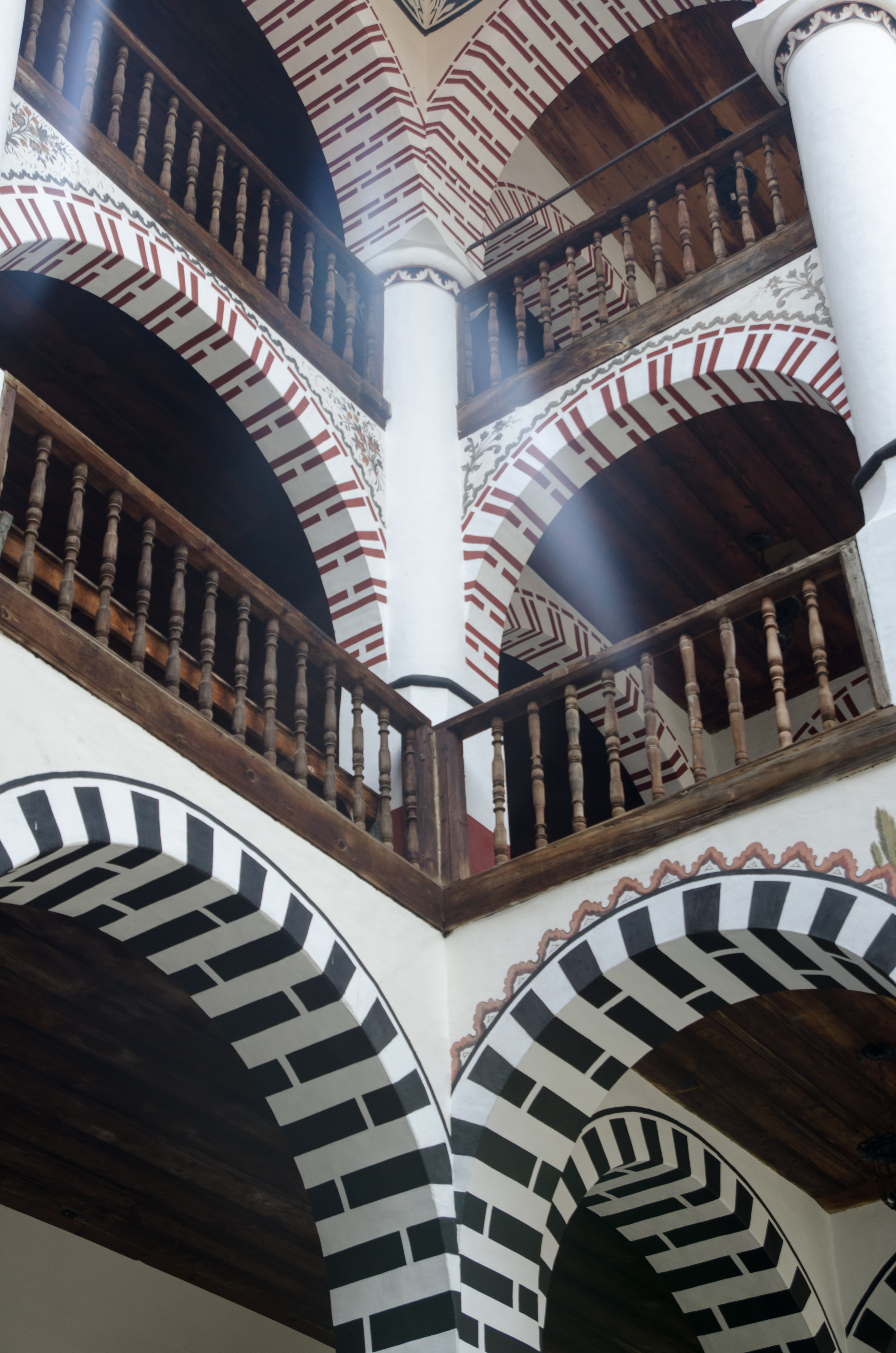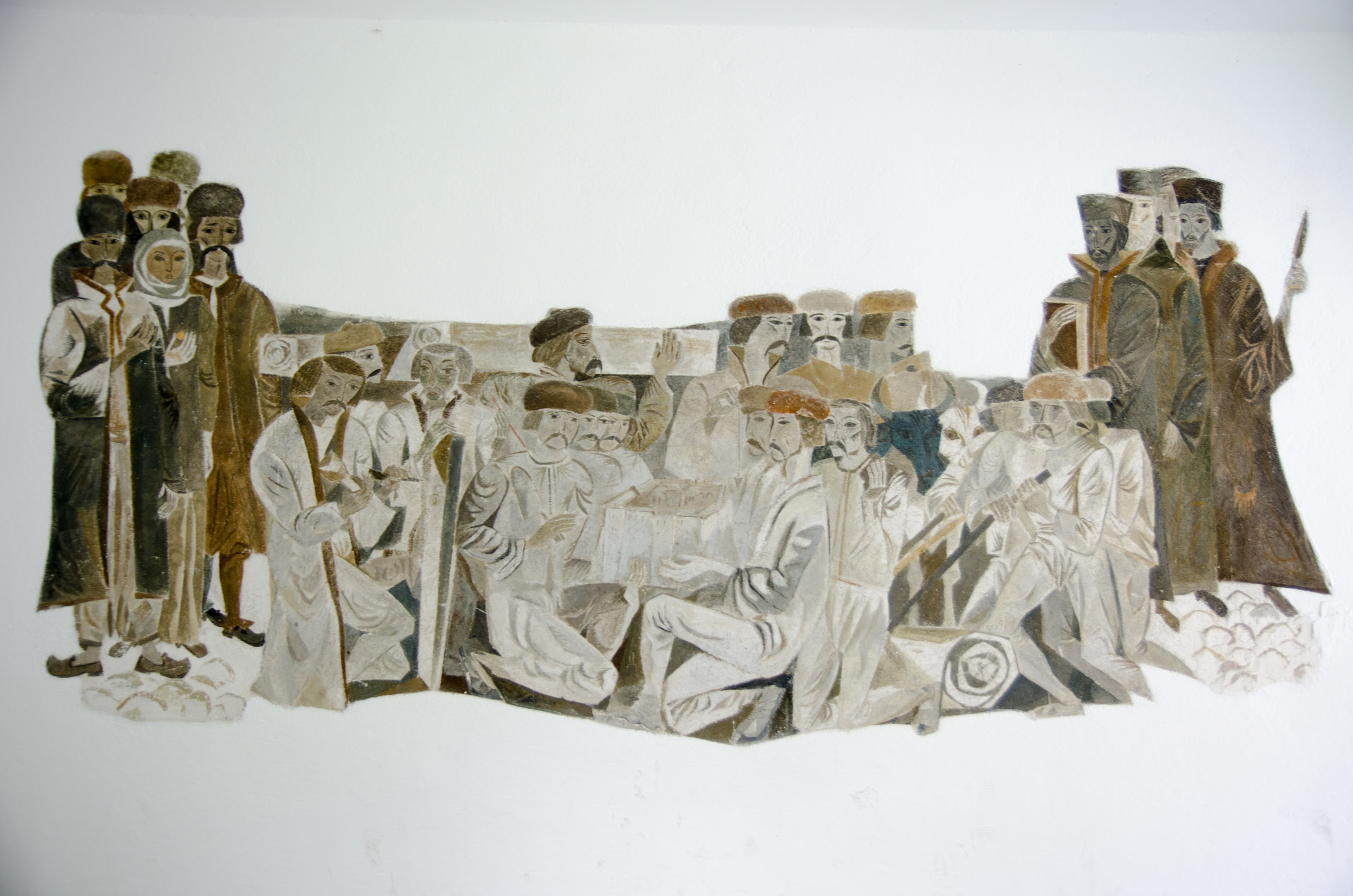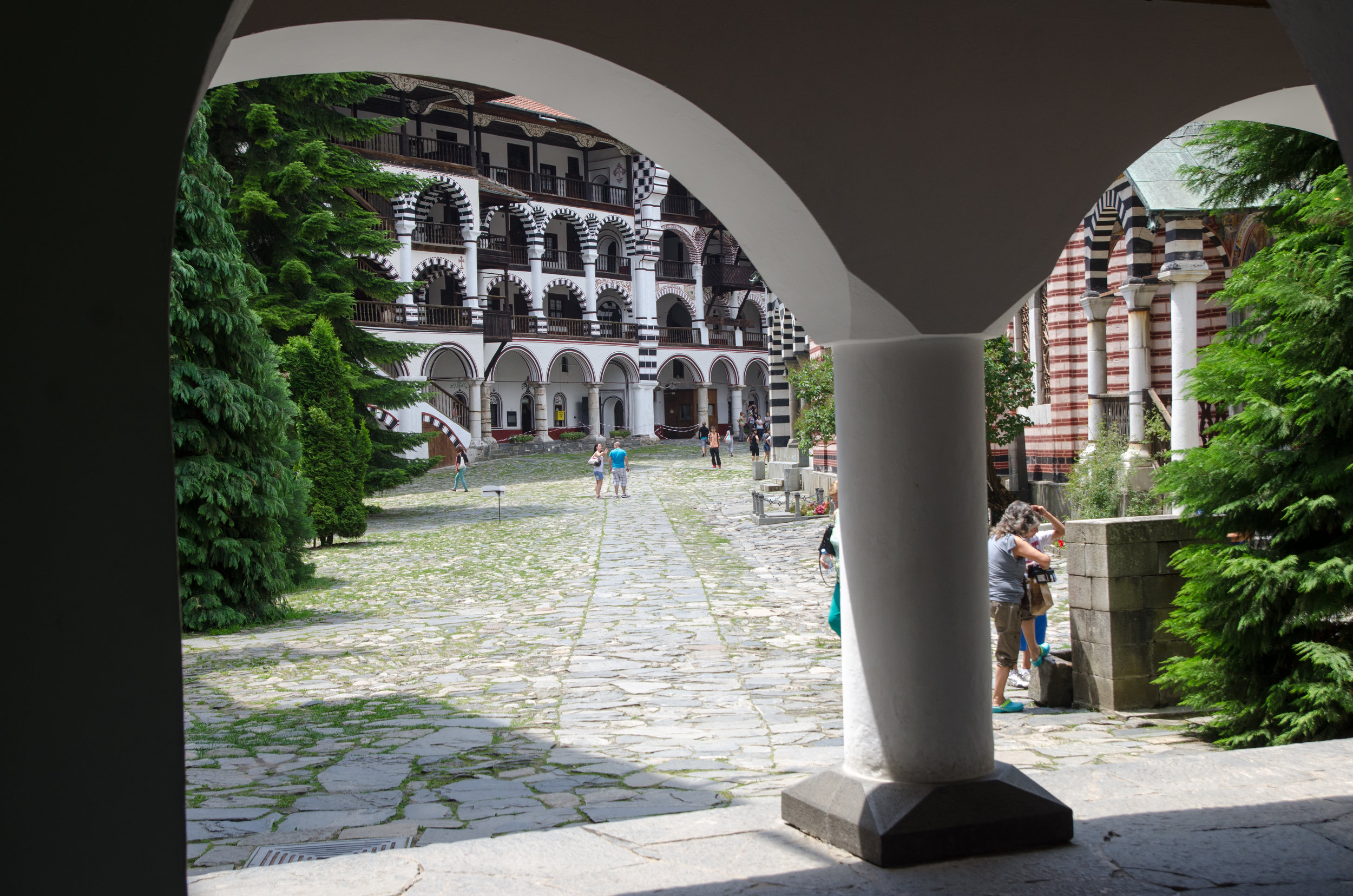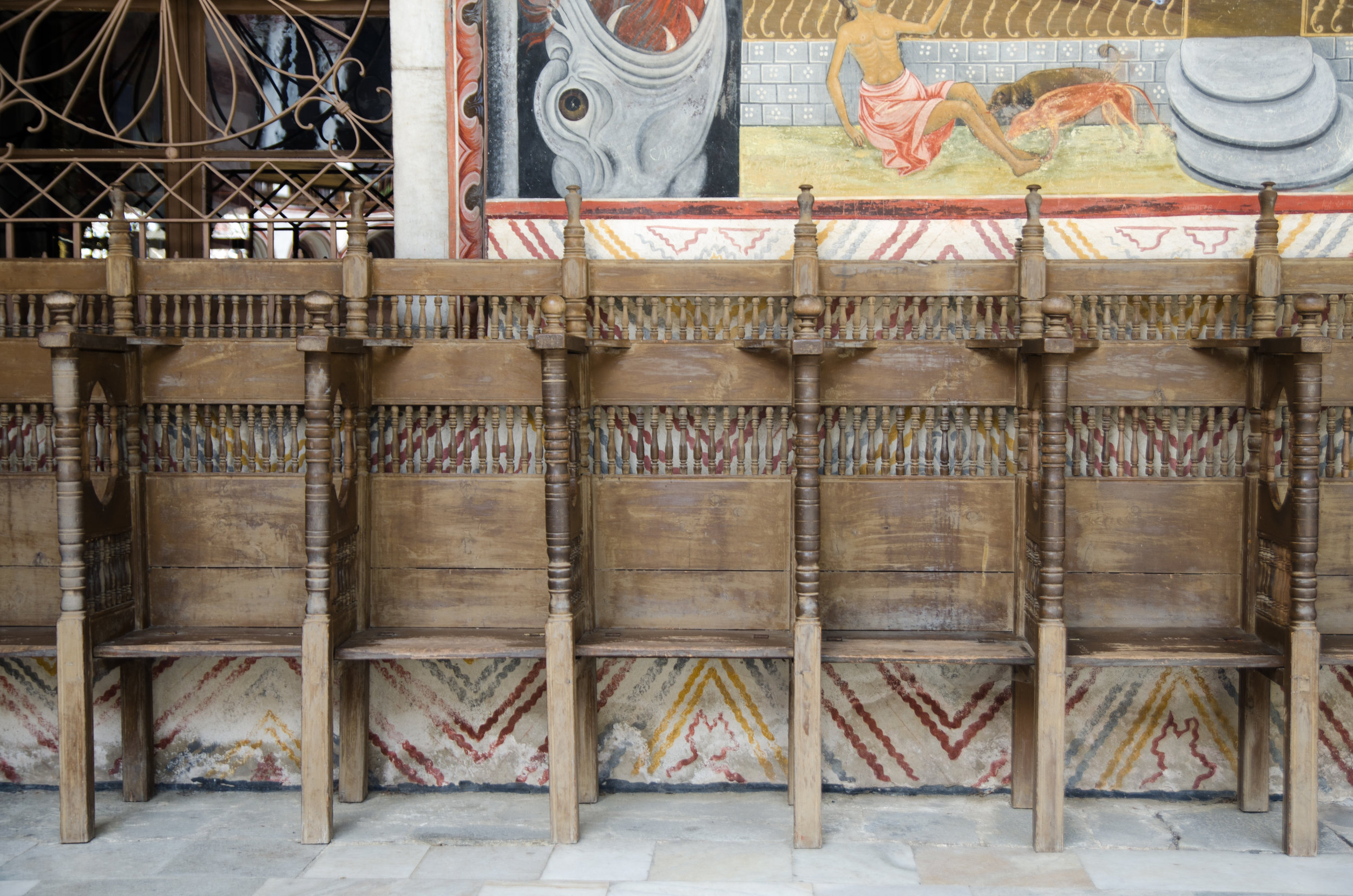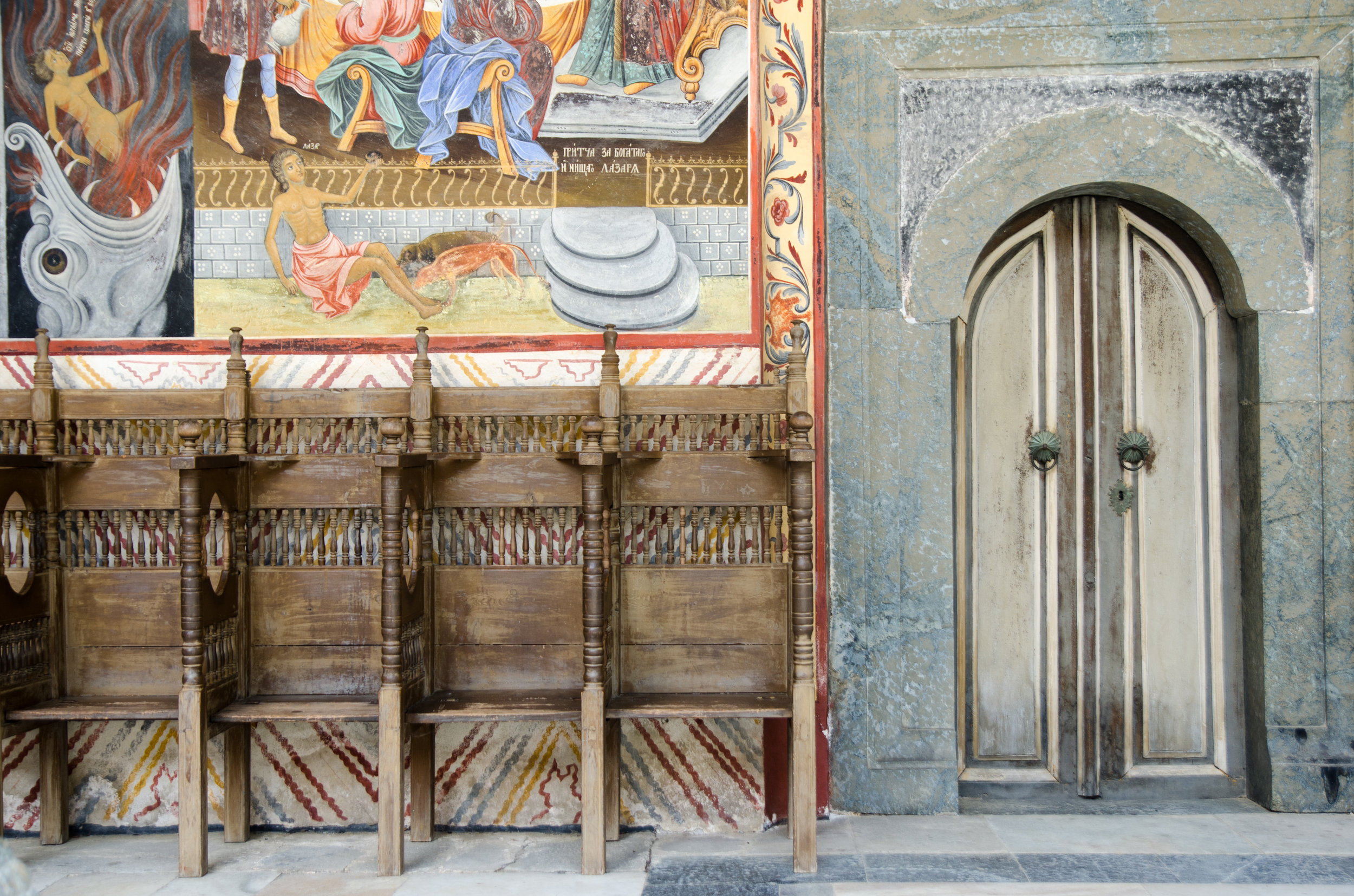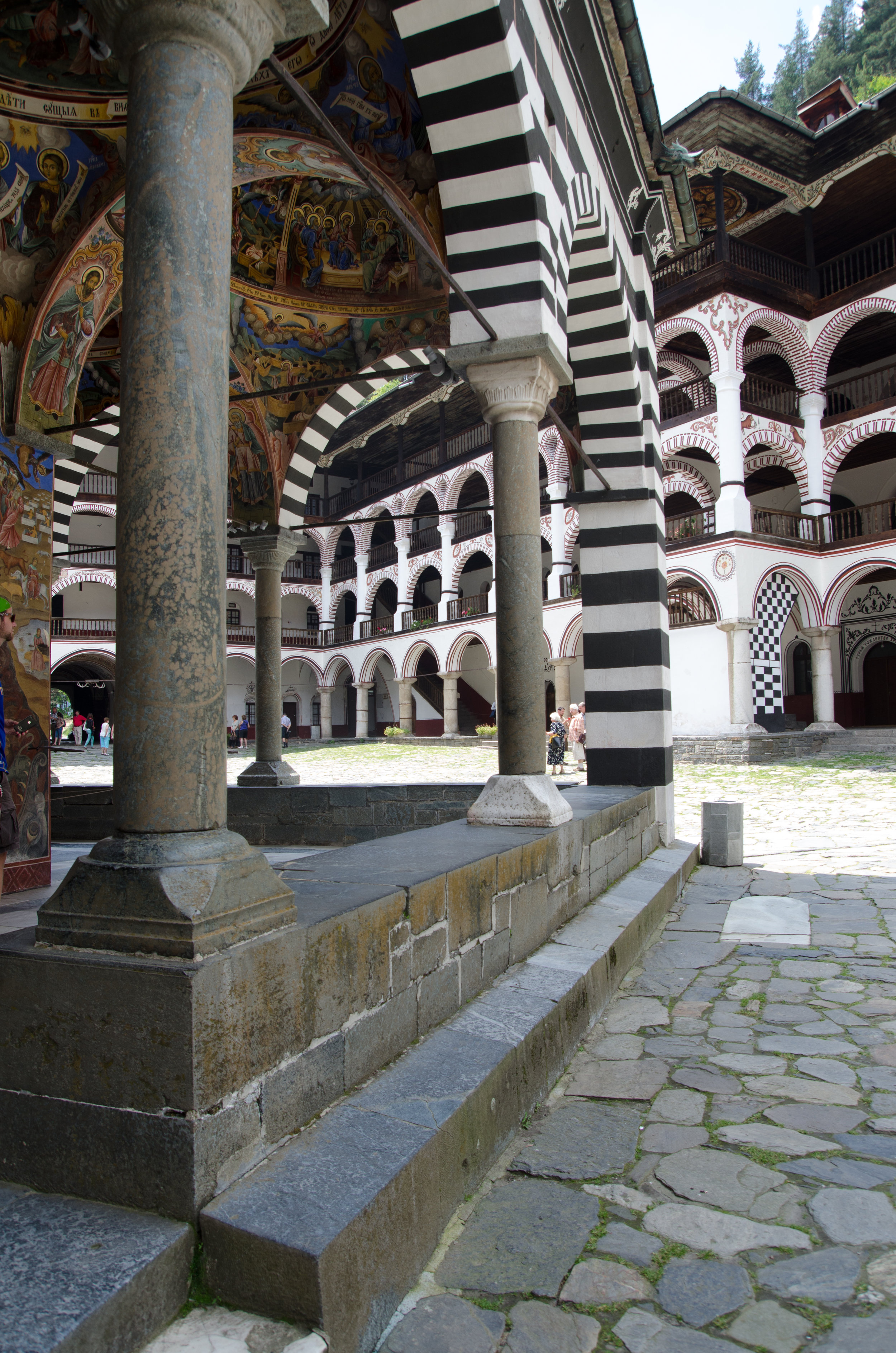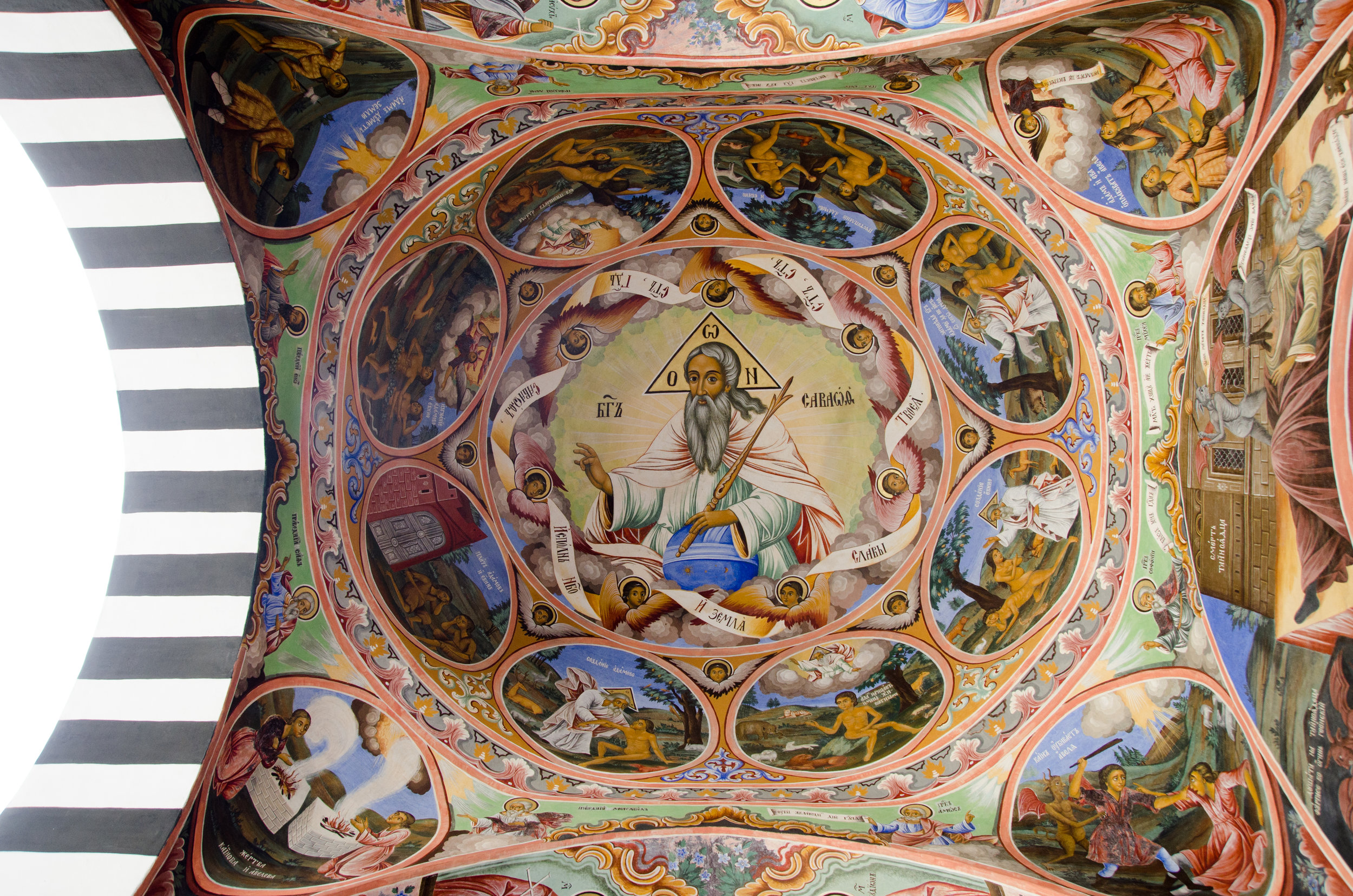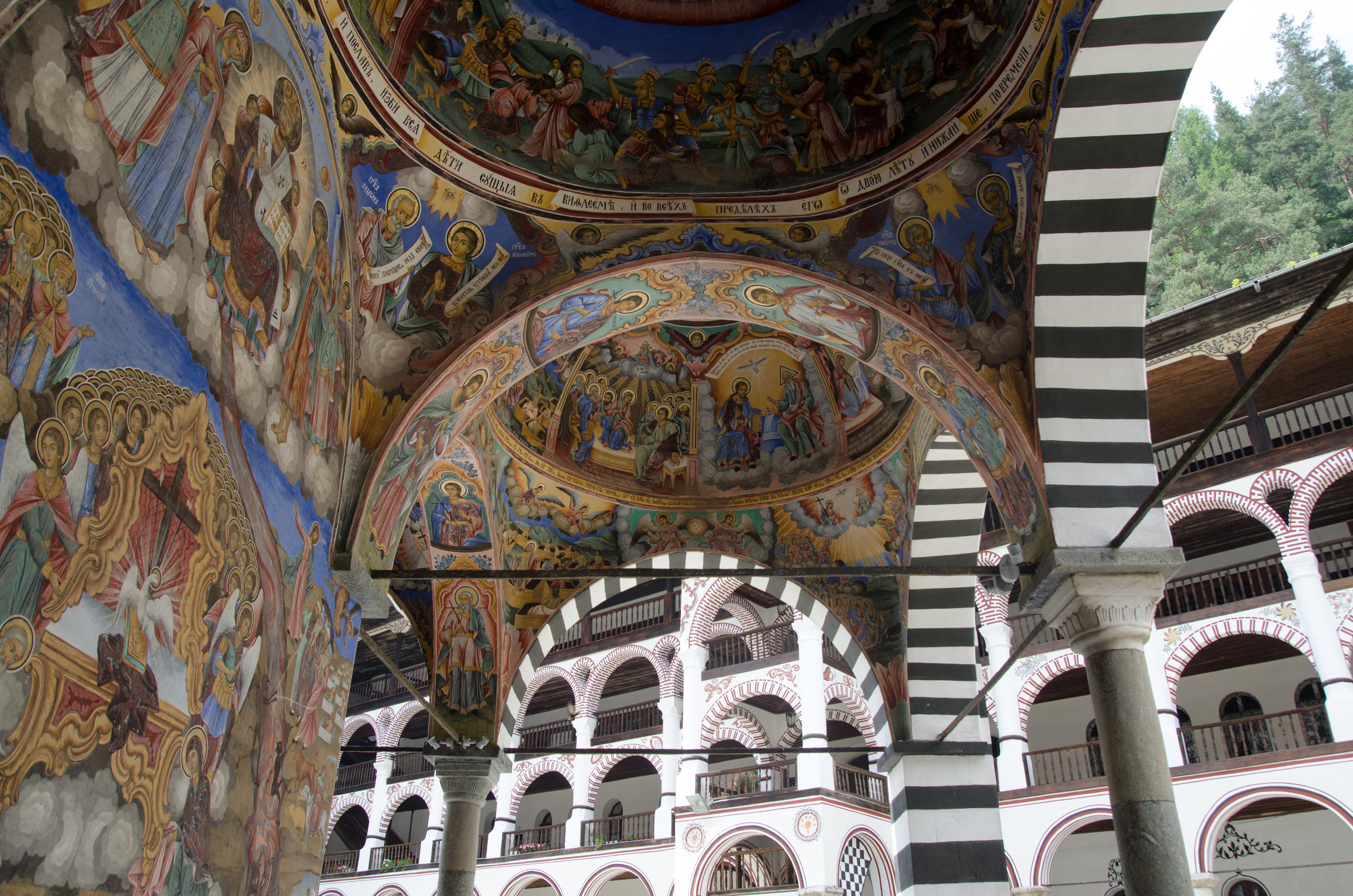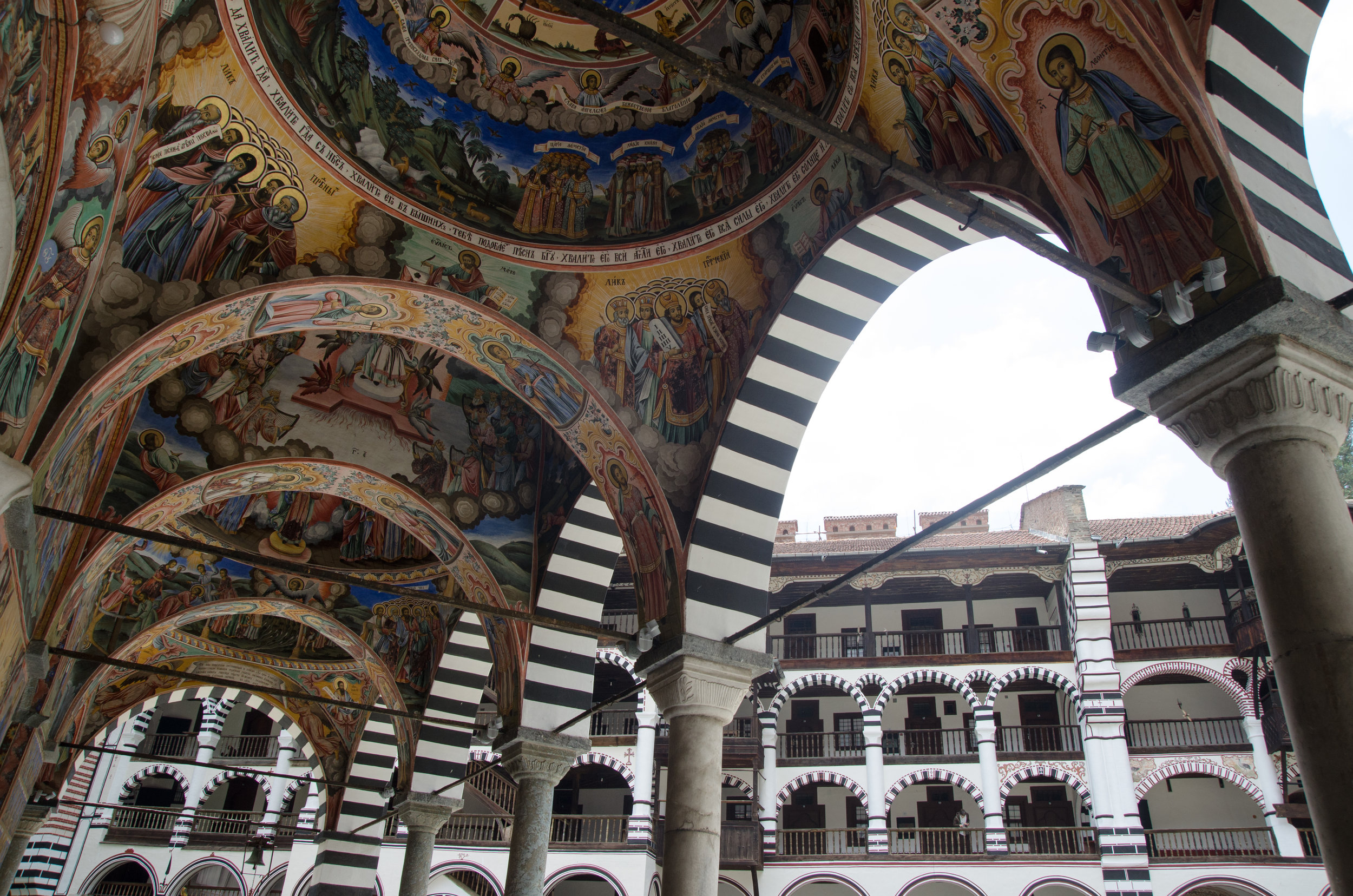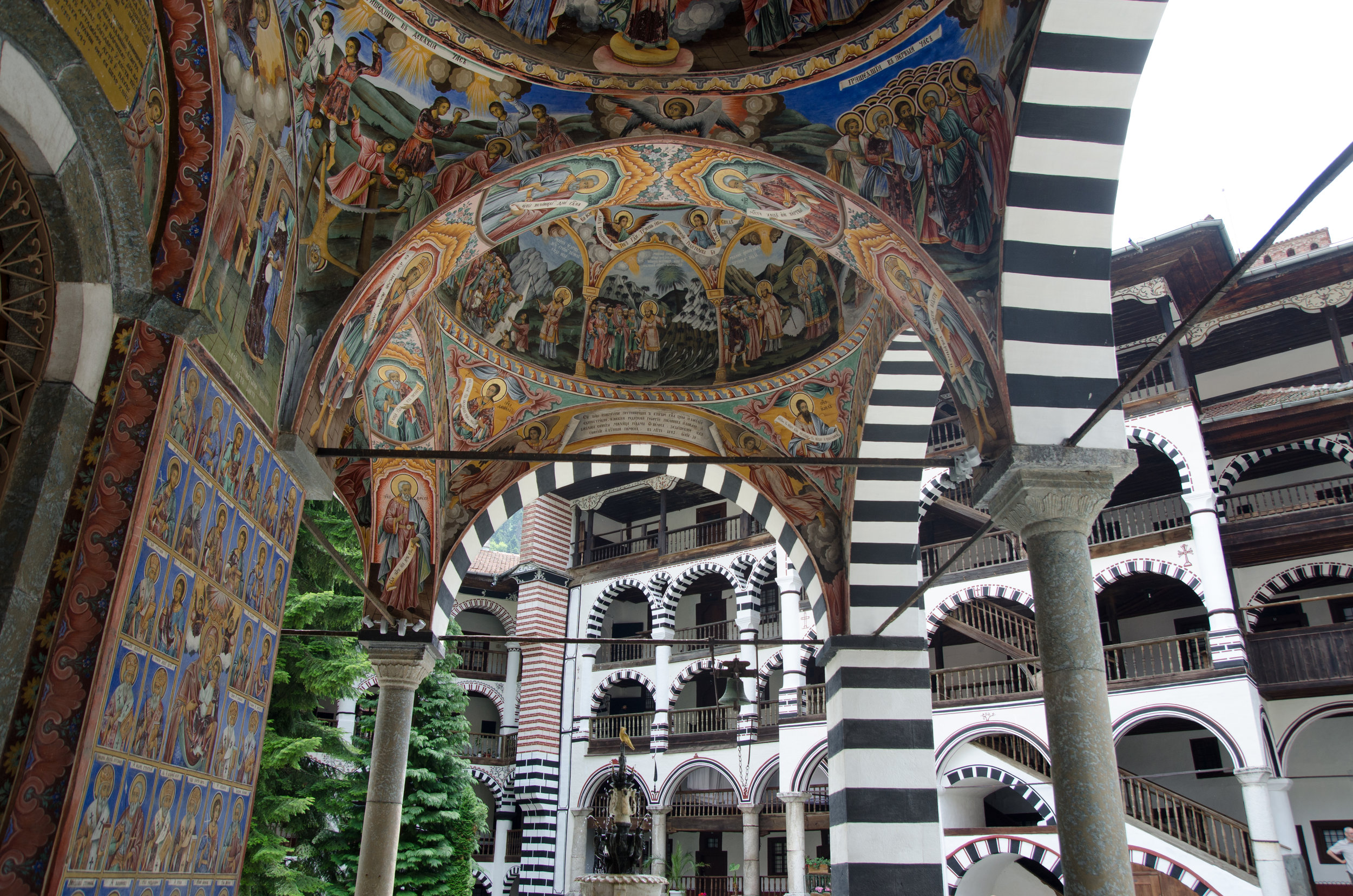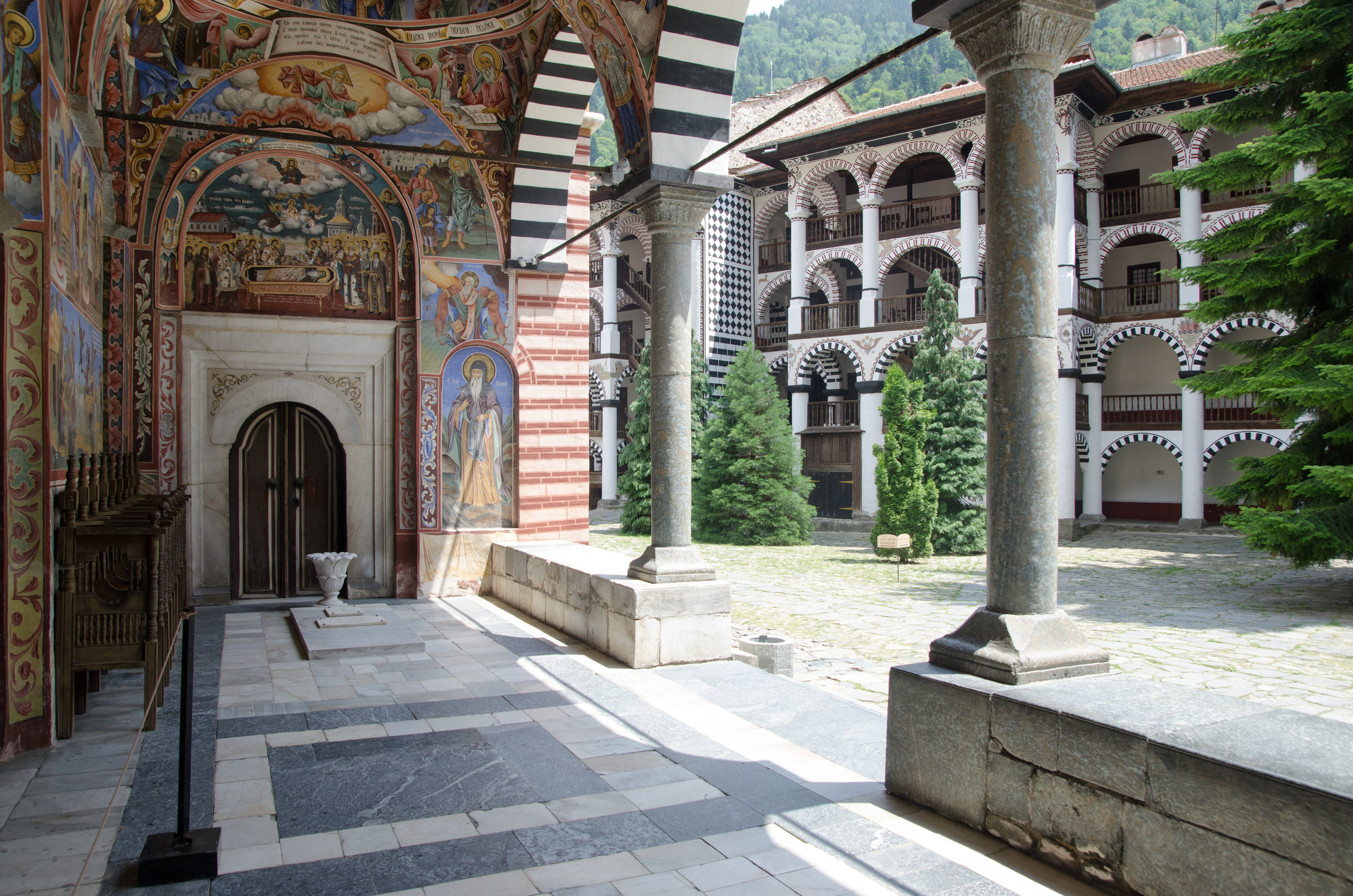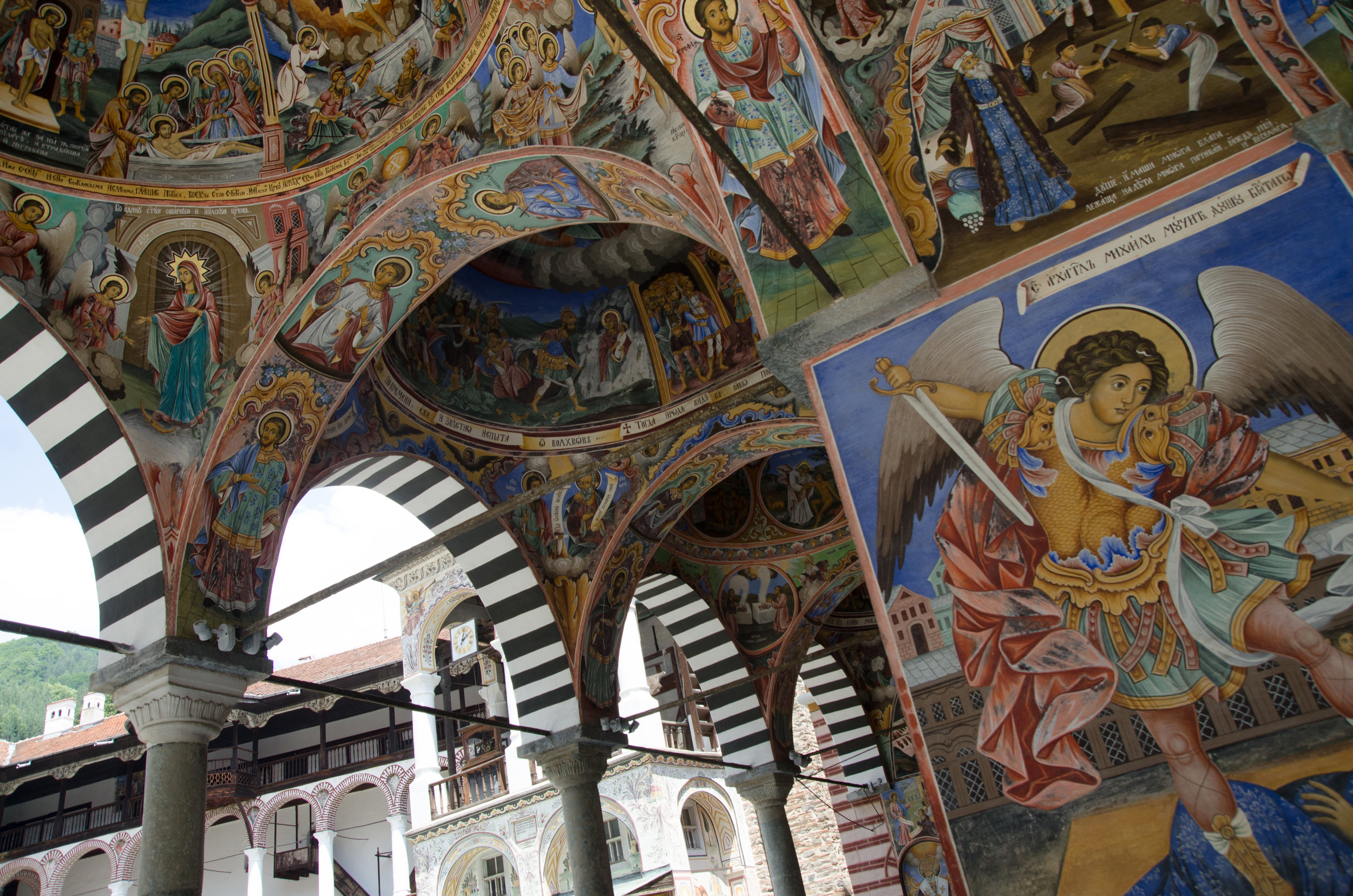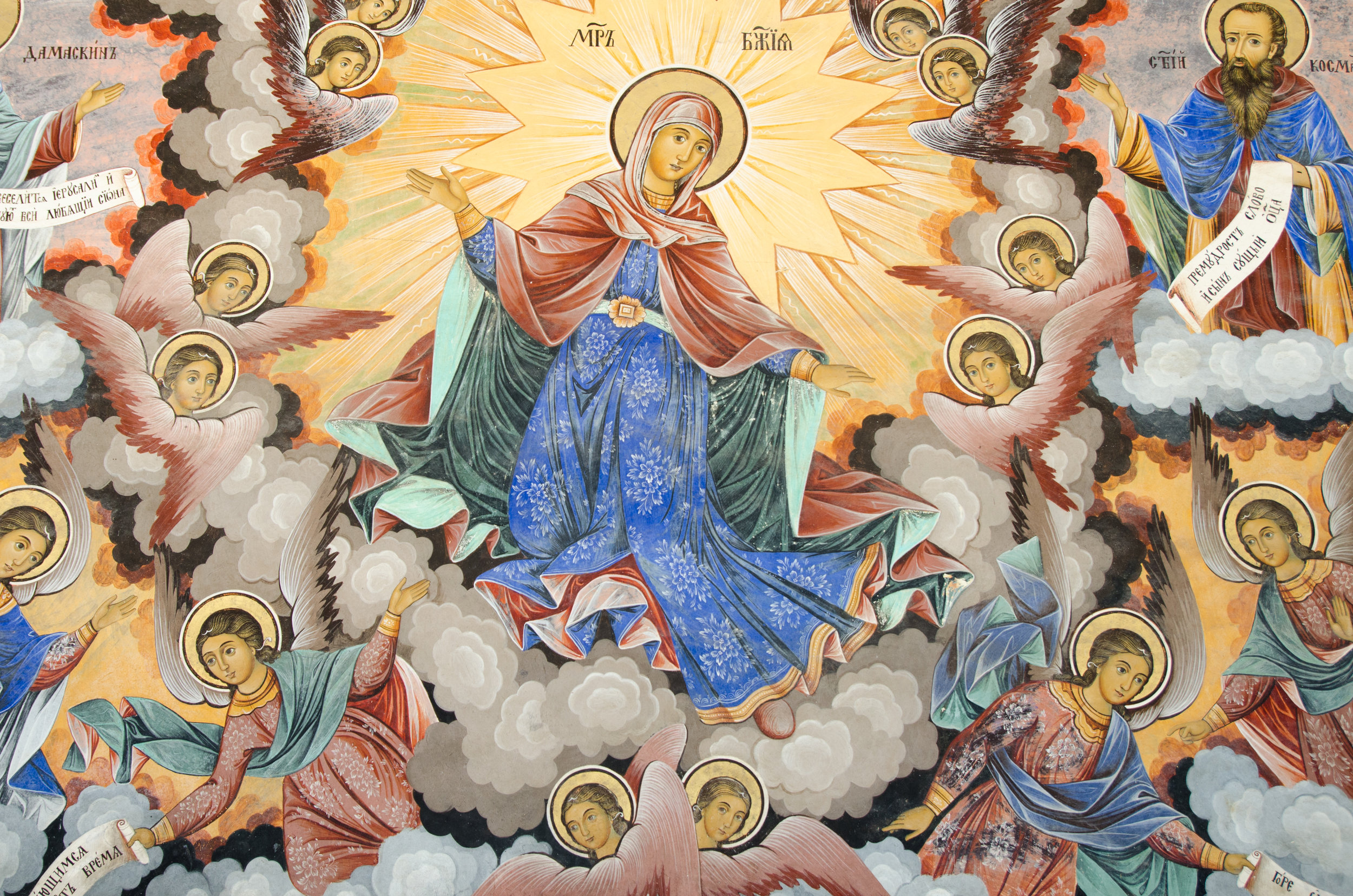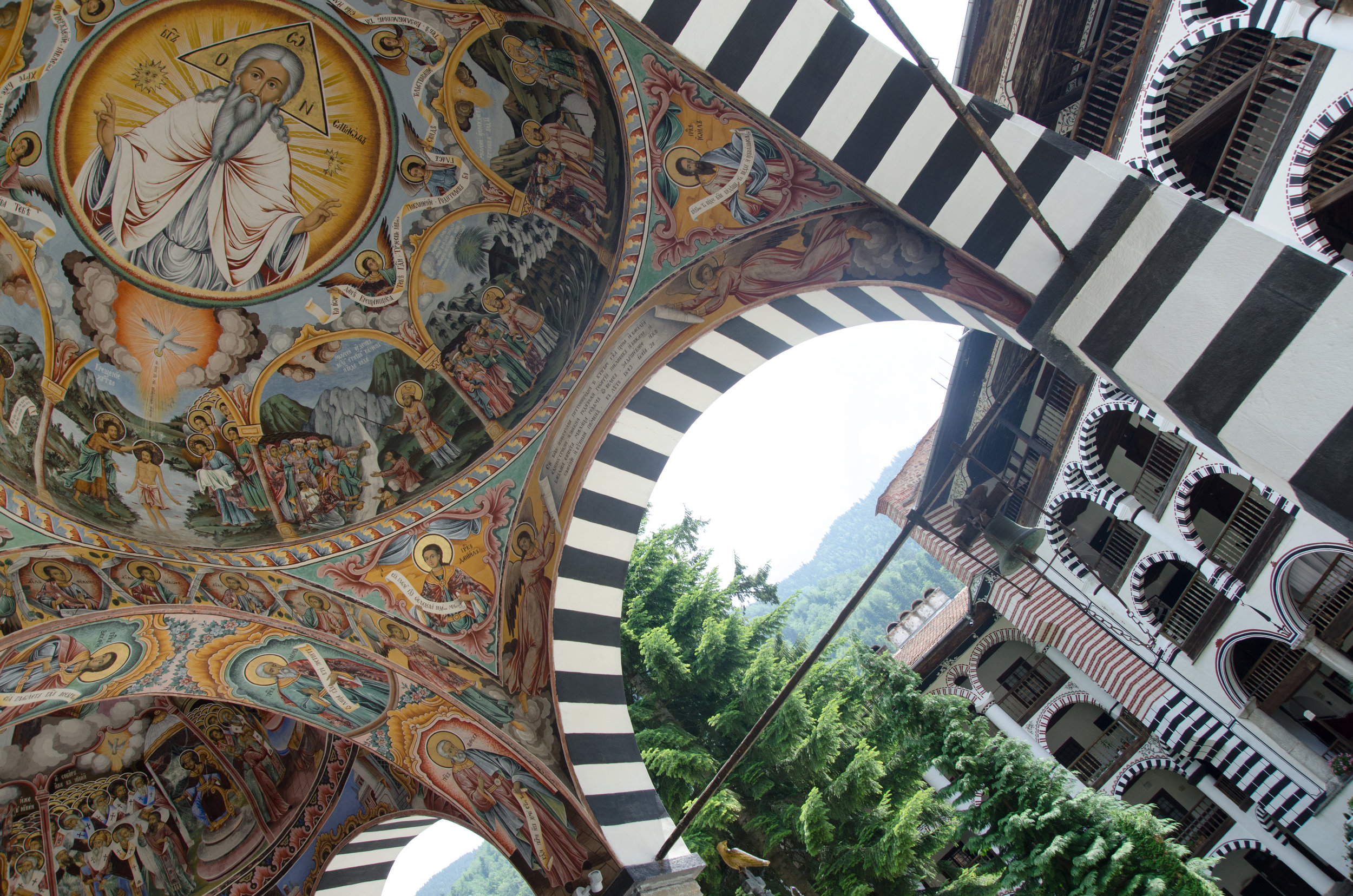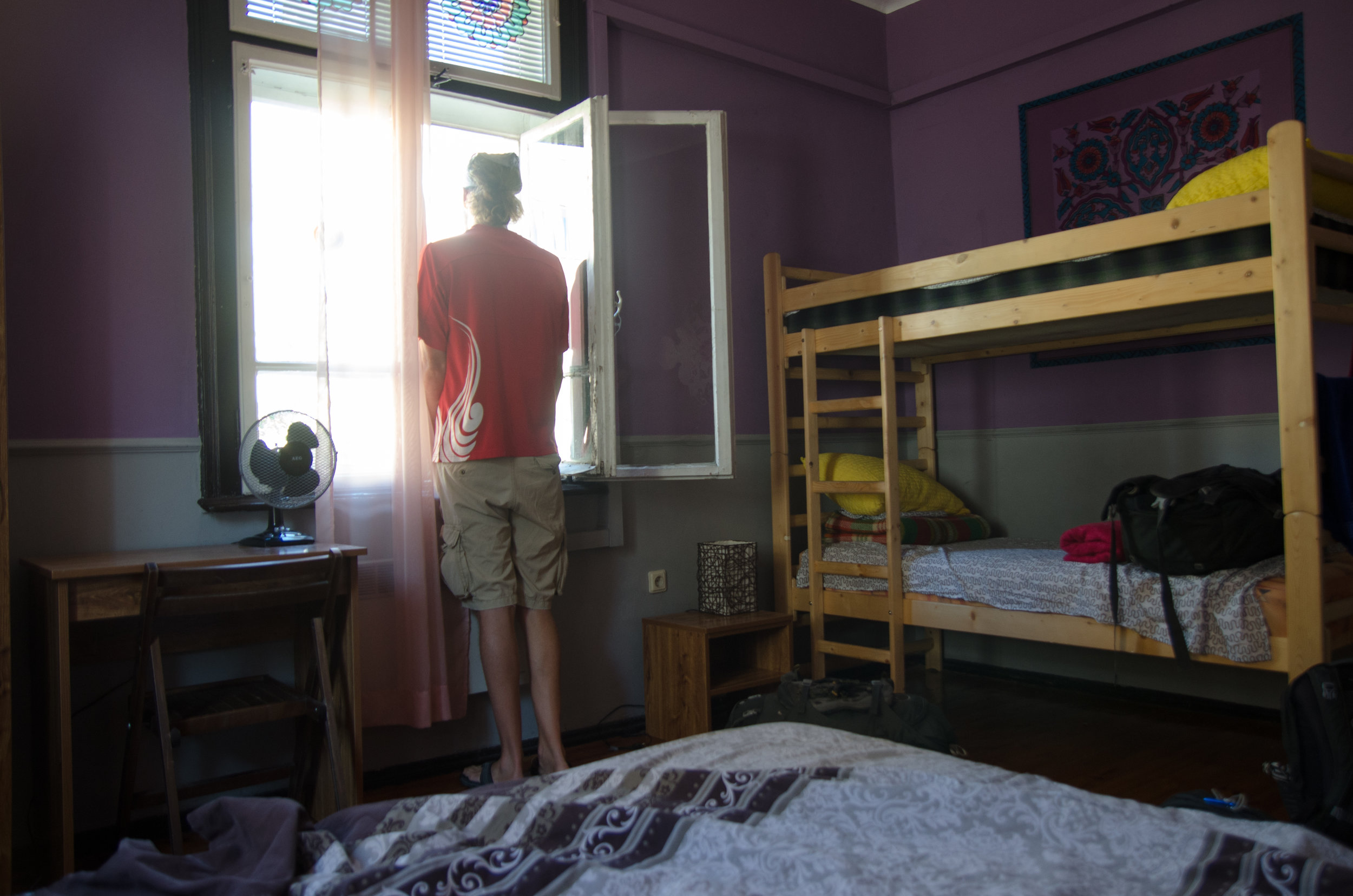Our bus ride from Sofia to Veliko Tarnovo was rather uneventful, until Todd picked us up. Todd works at the Hostel Mostel in Veliko Tarnovo and he picked us up like we were old friends, yet visiting his city for the first time. I love good people. (Todd, if you’re reading this, hope that last test went well before graduation!) We dropped our bags off, Andrew had a bit of a nap, and then we were off in search of food and Tsarevets Fortress.
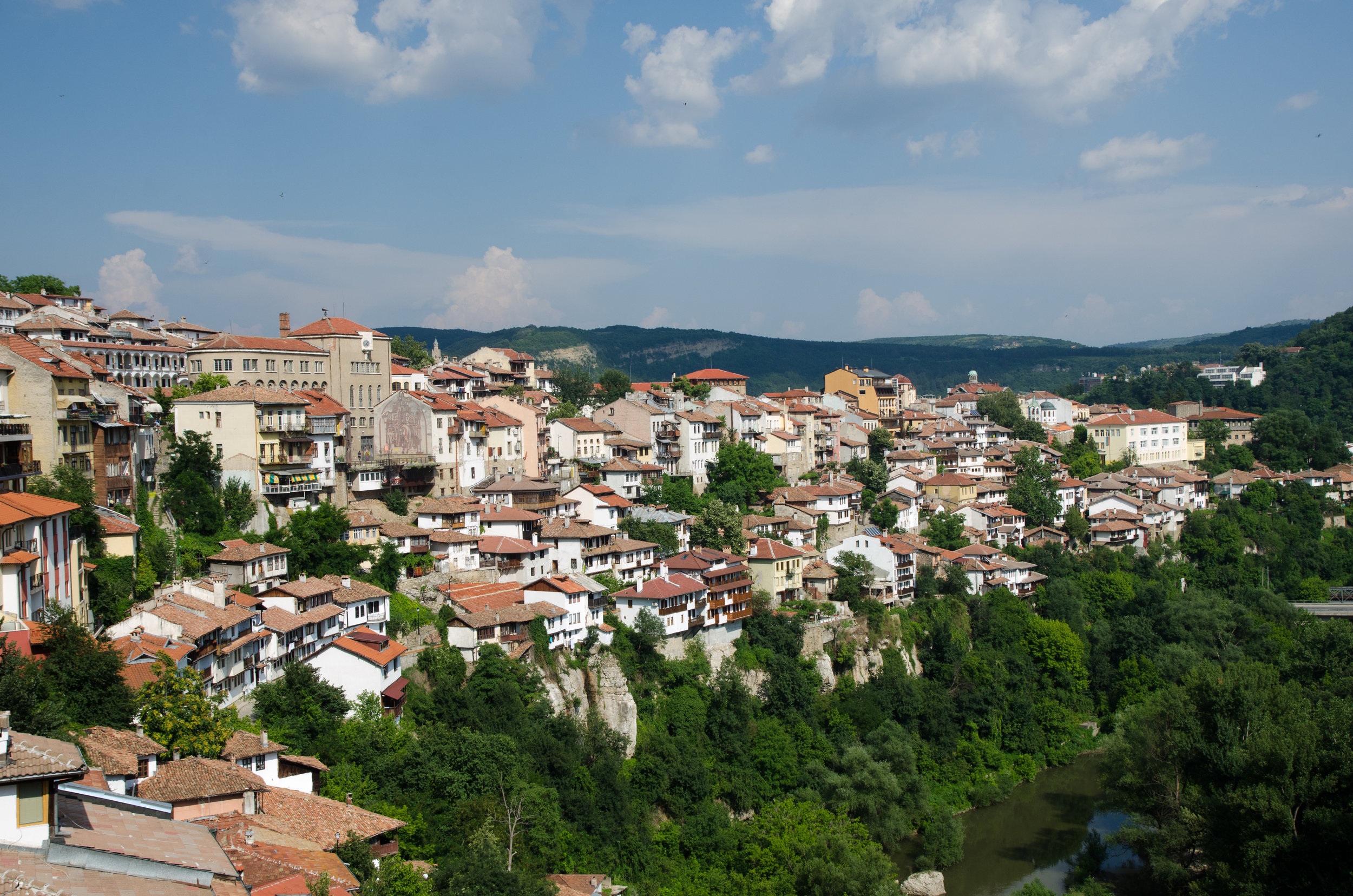
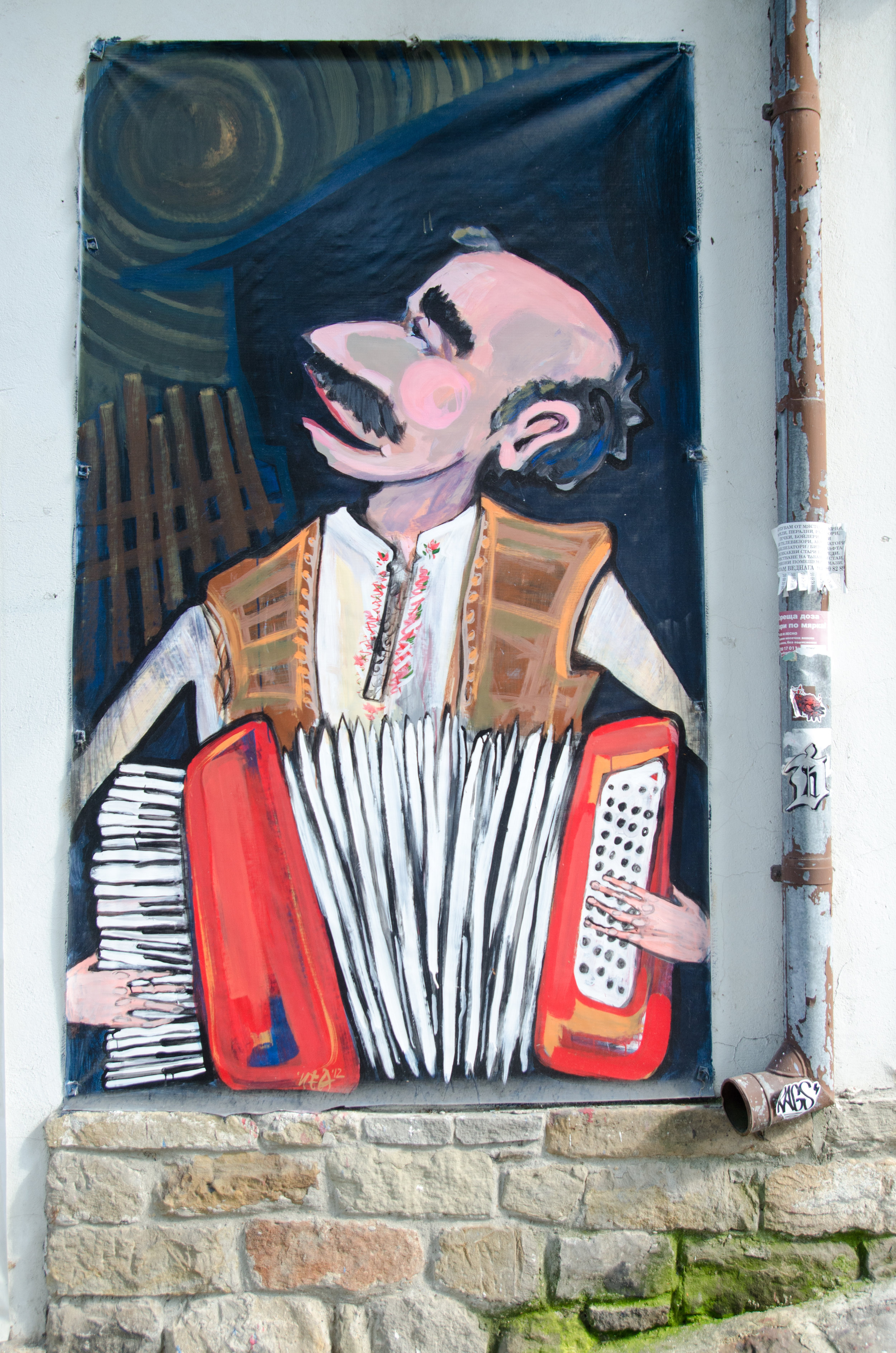
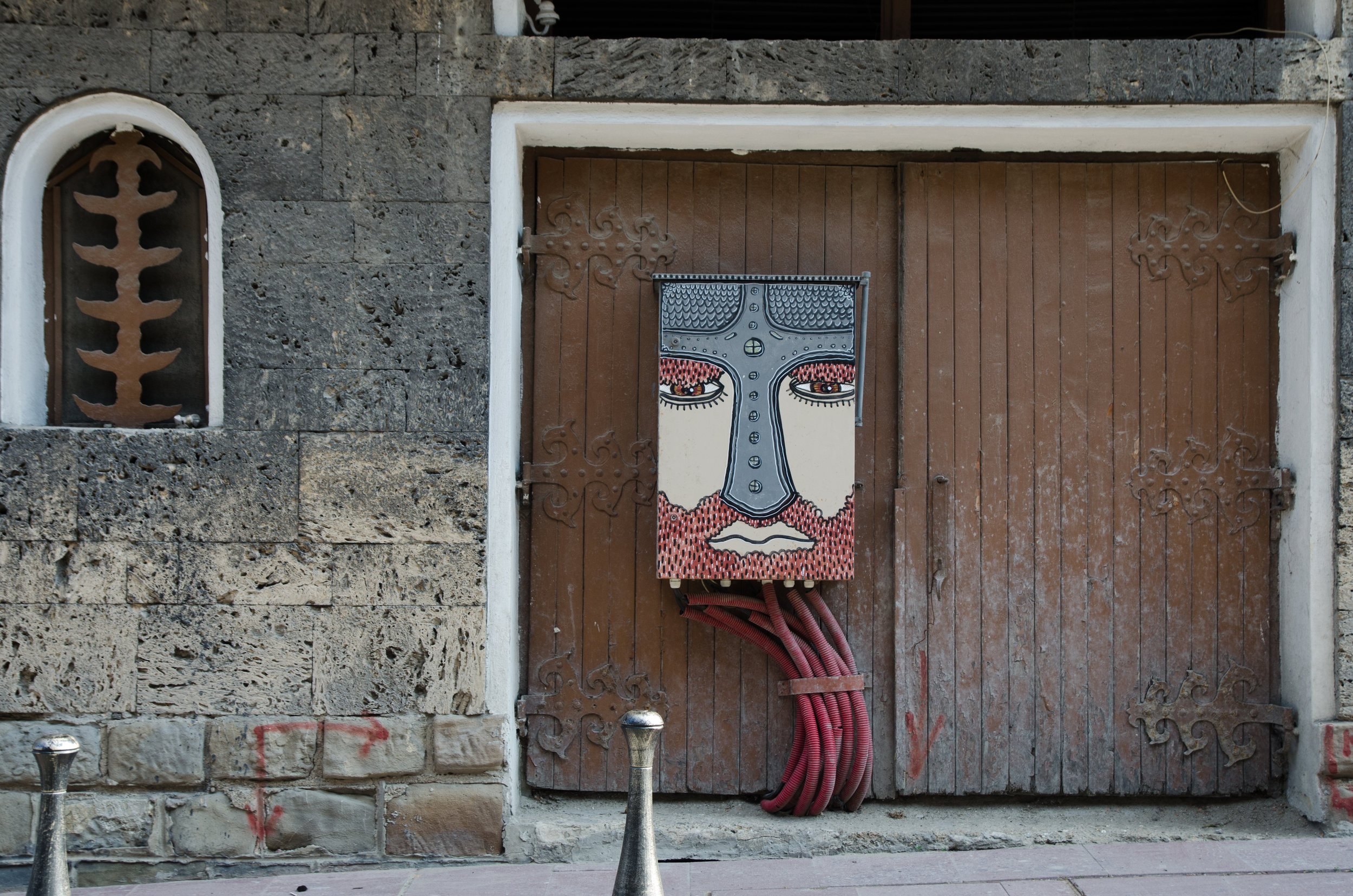
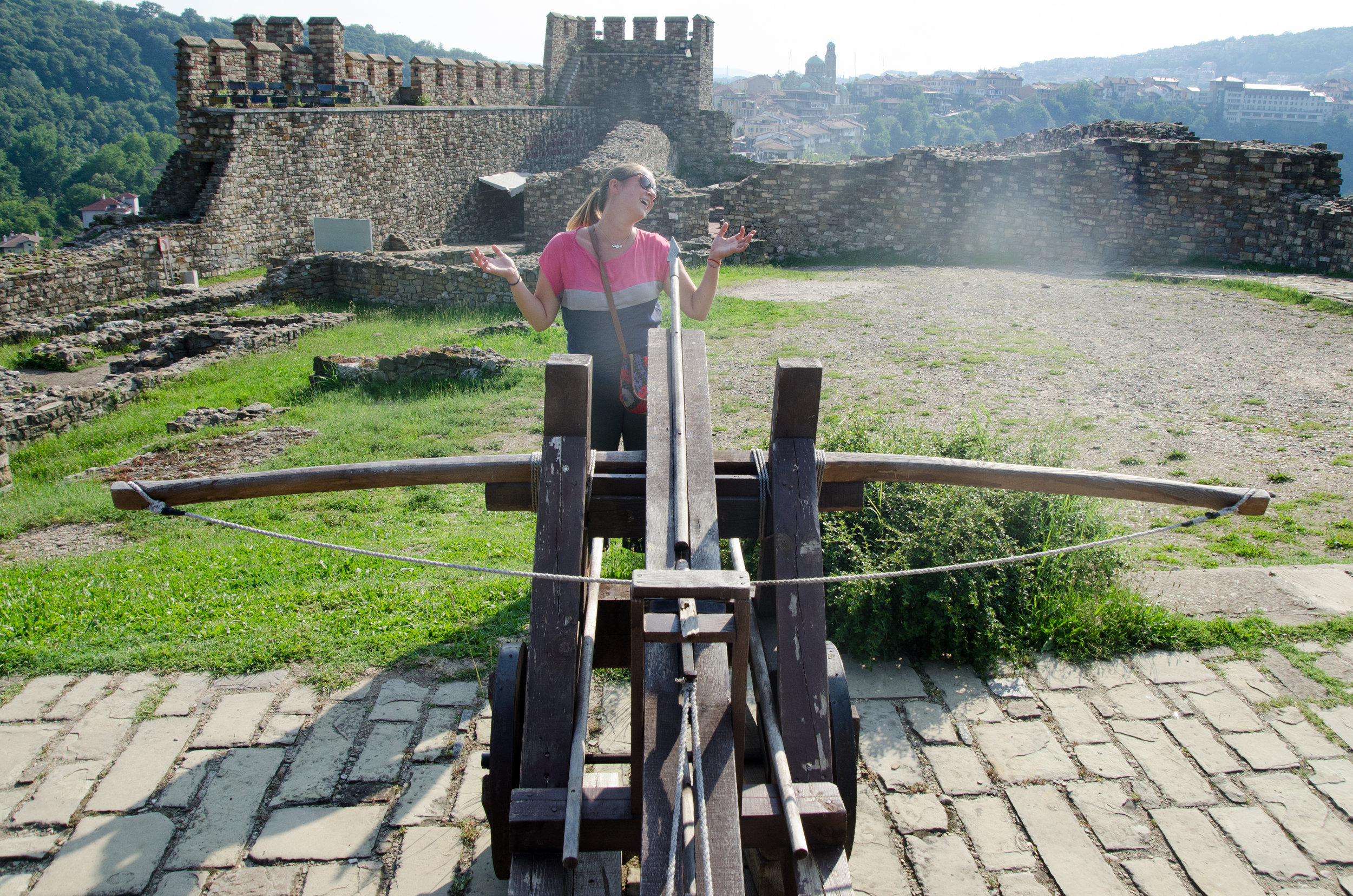
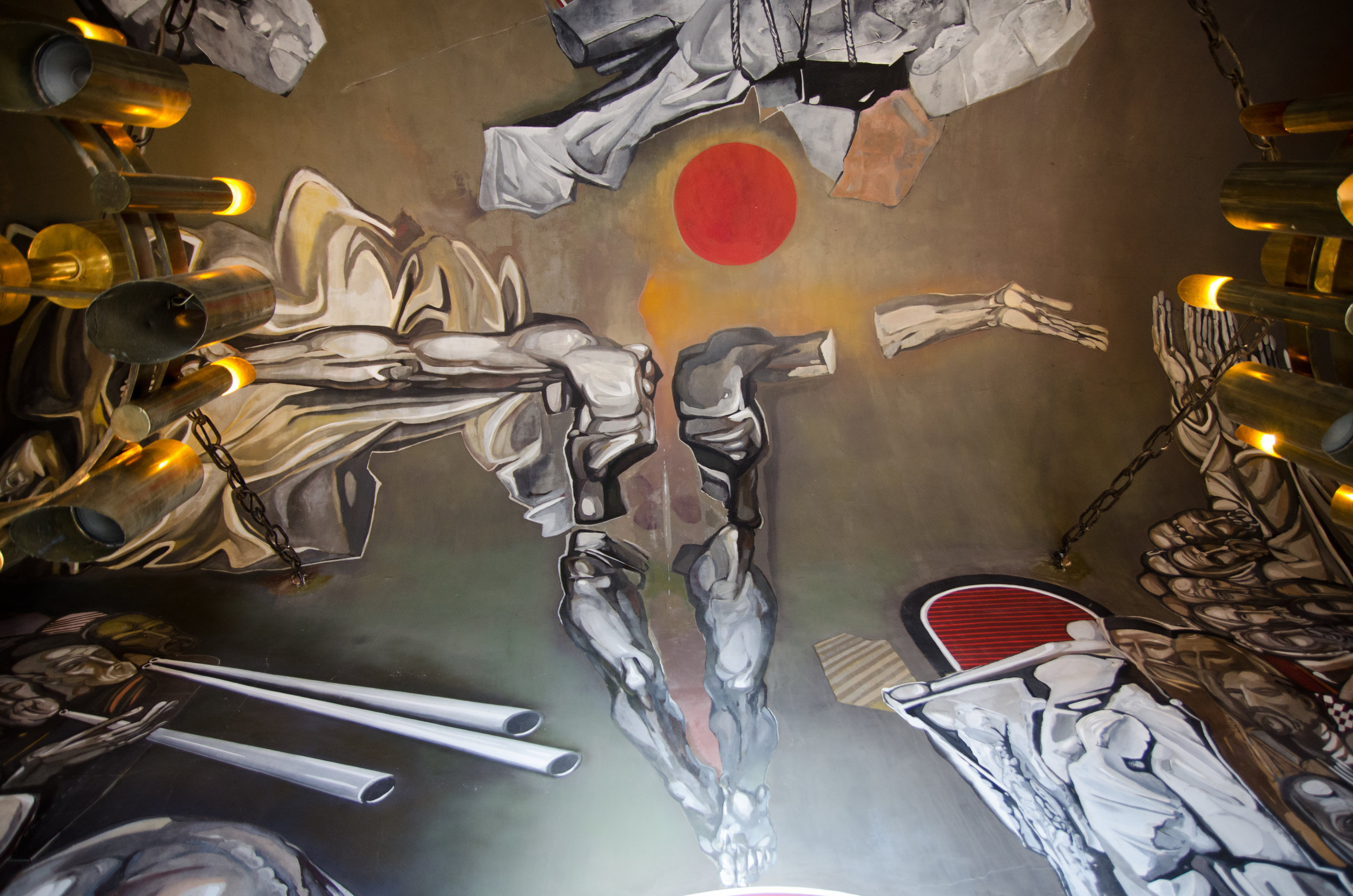

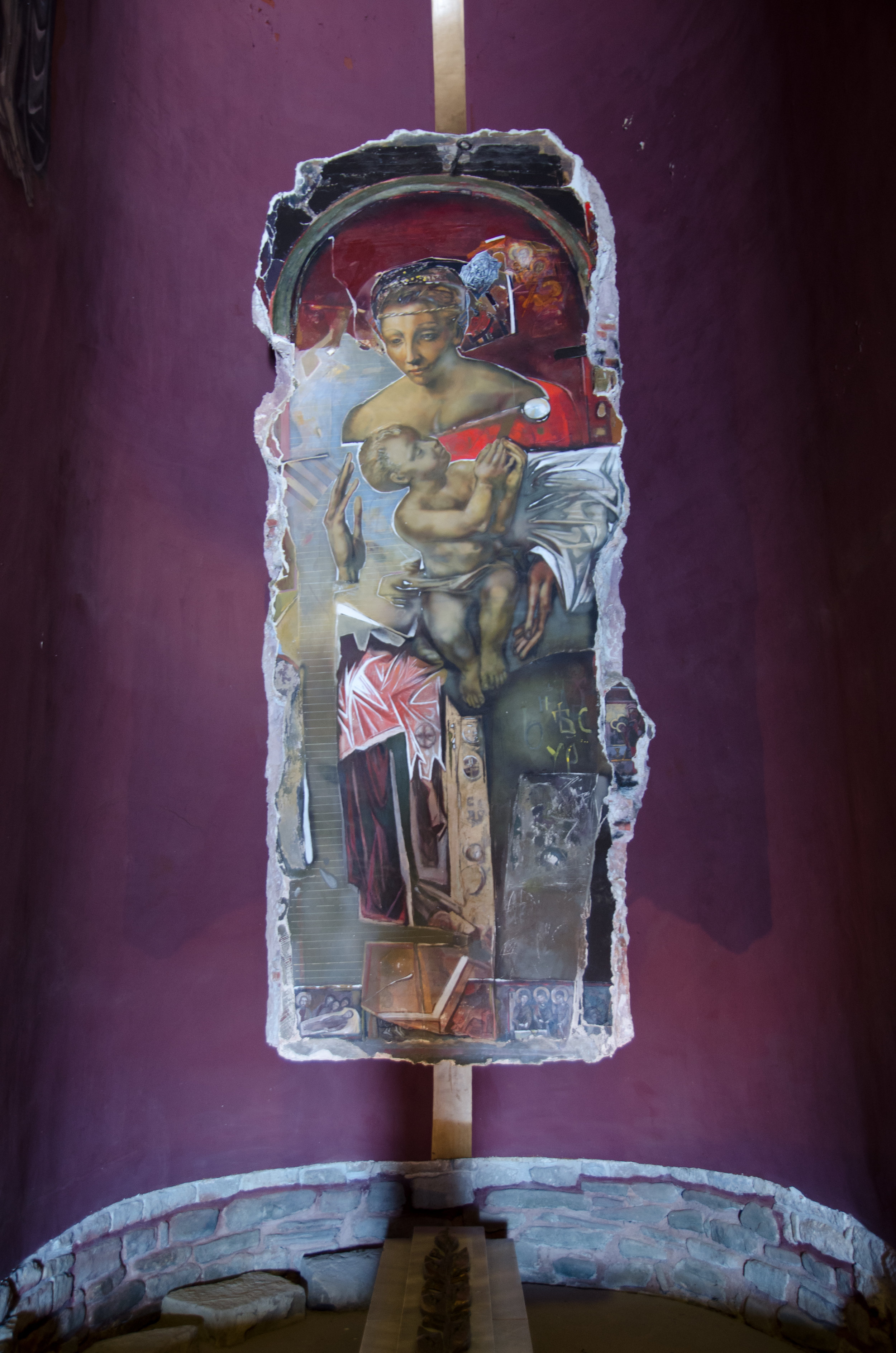
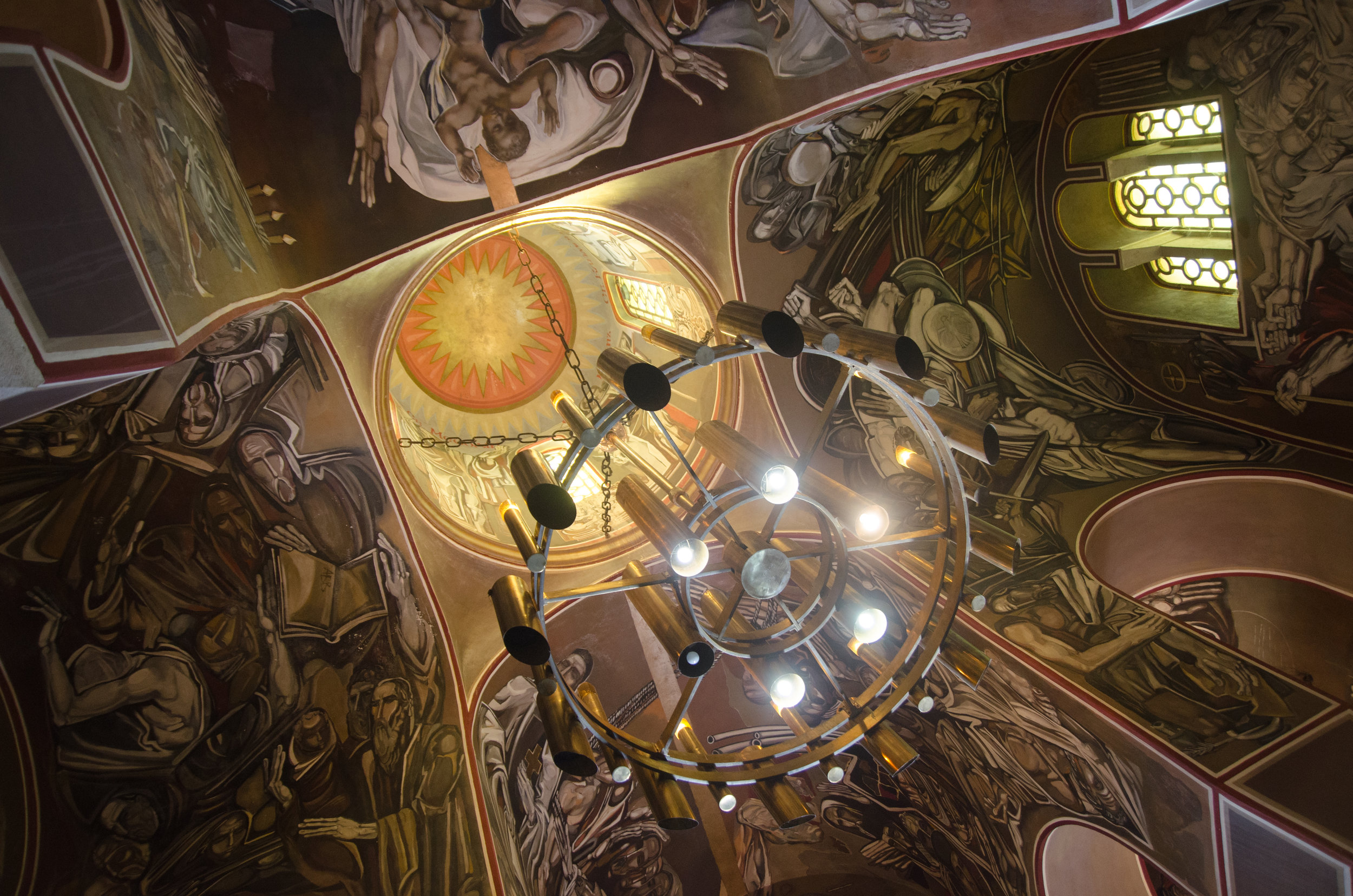
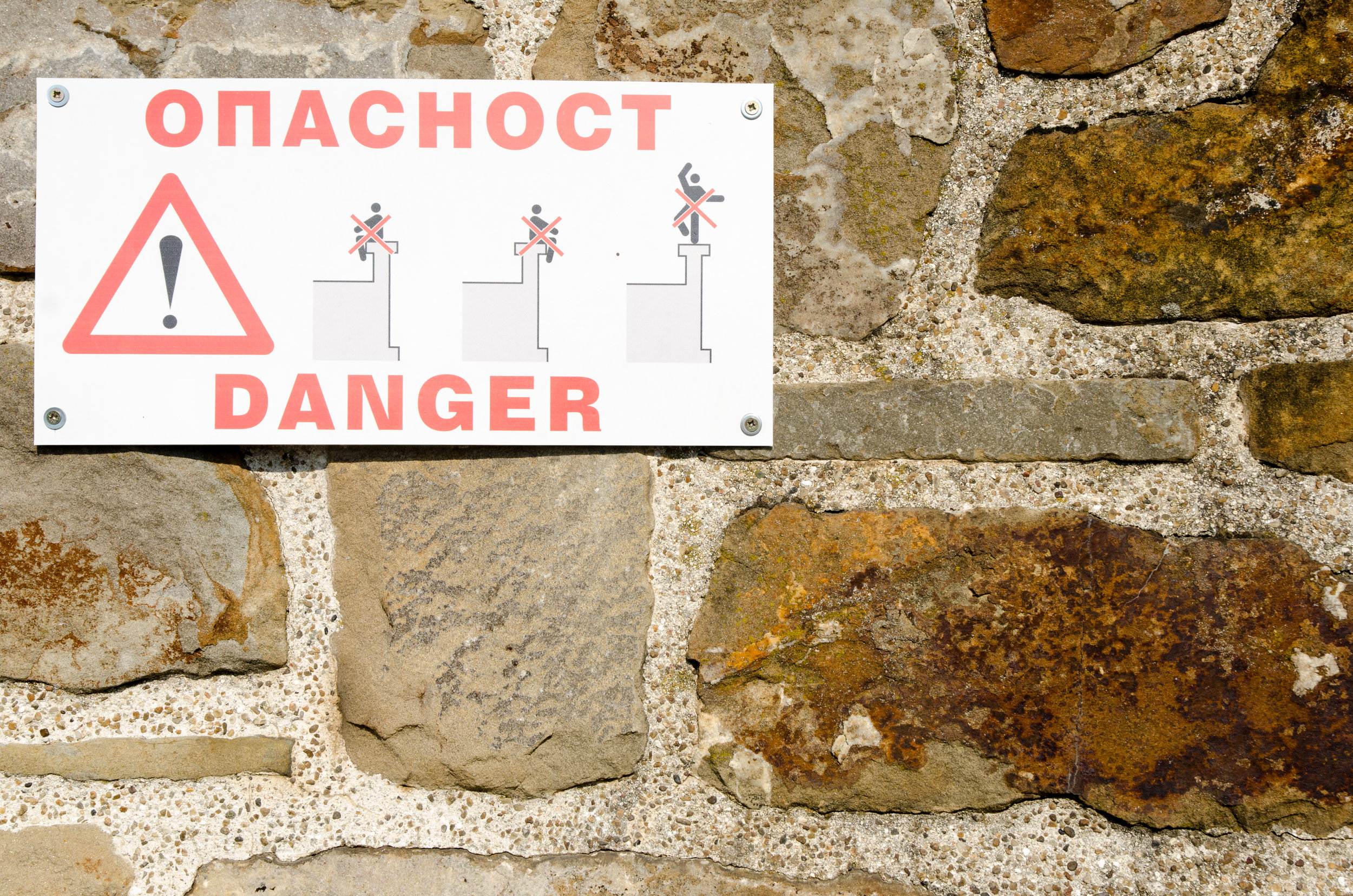
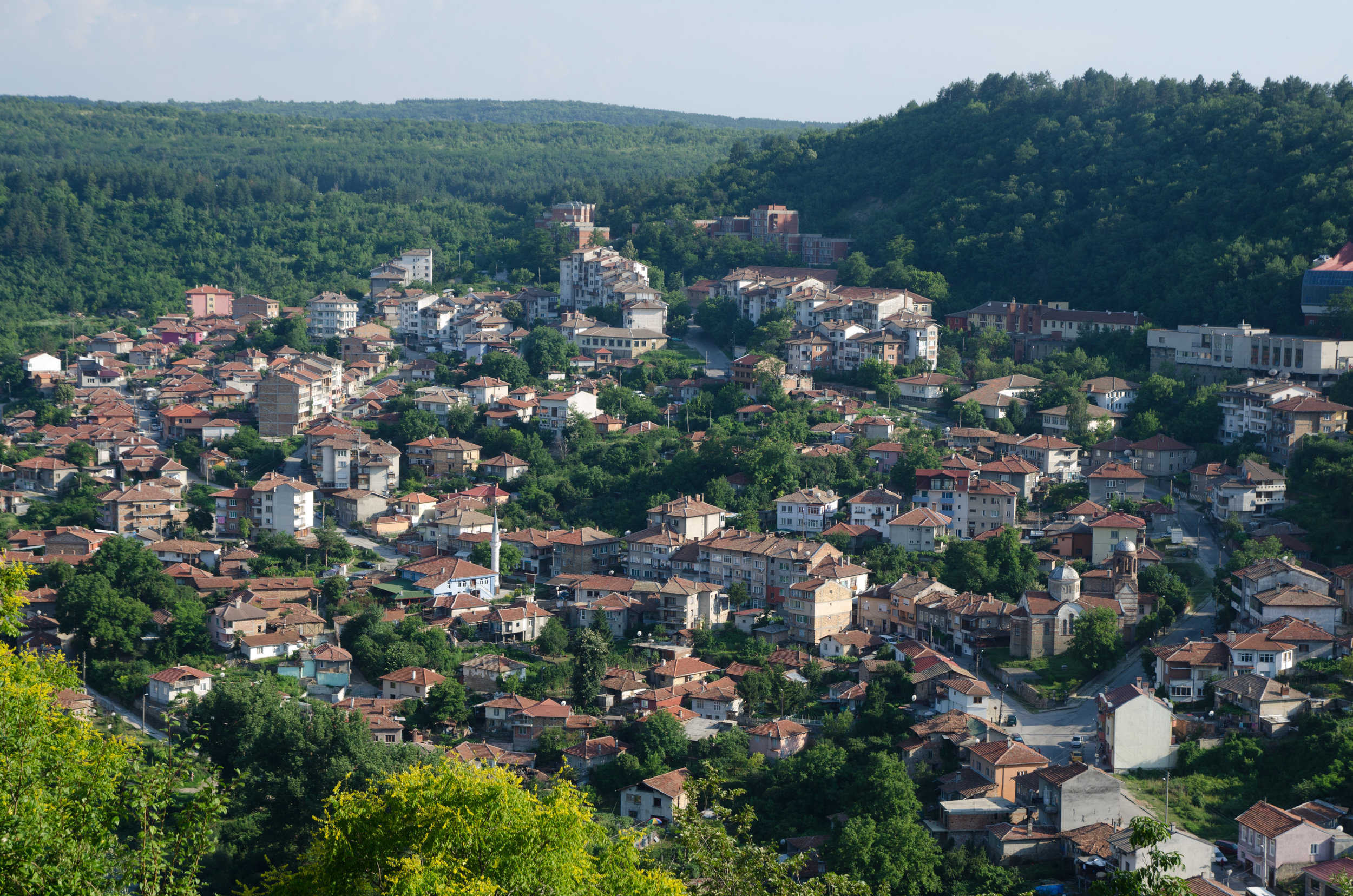
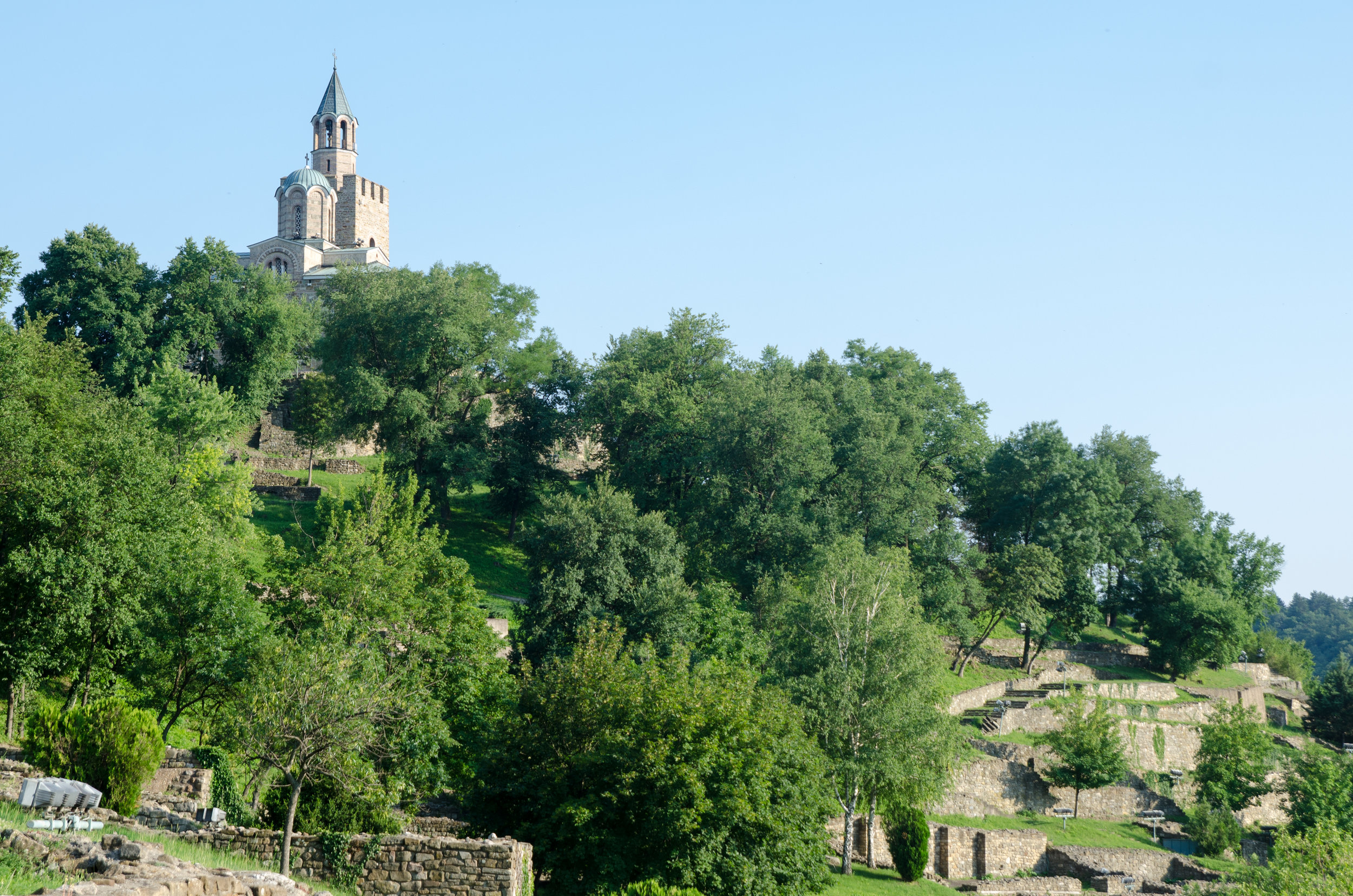
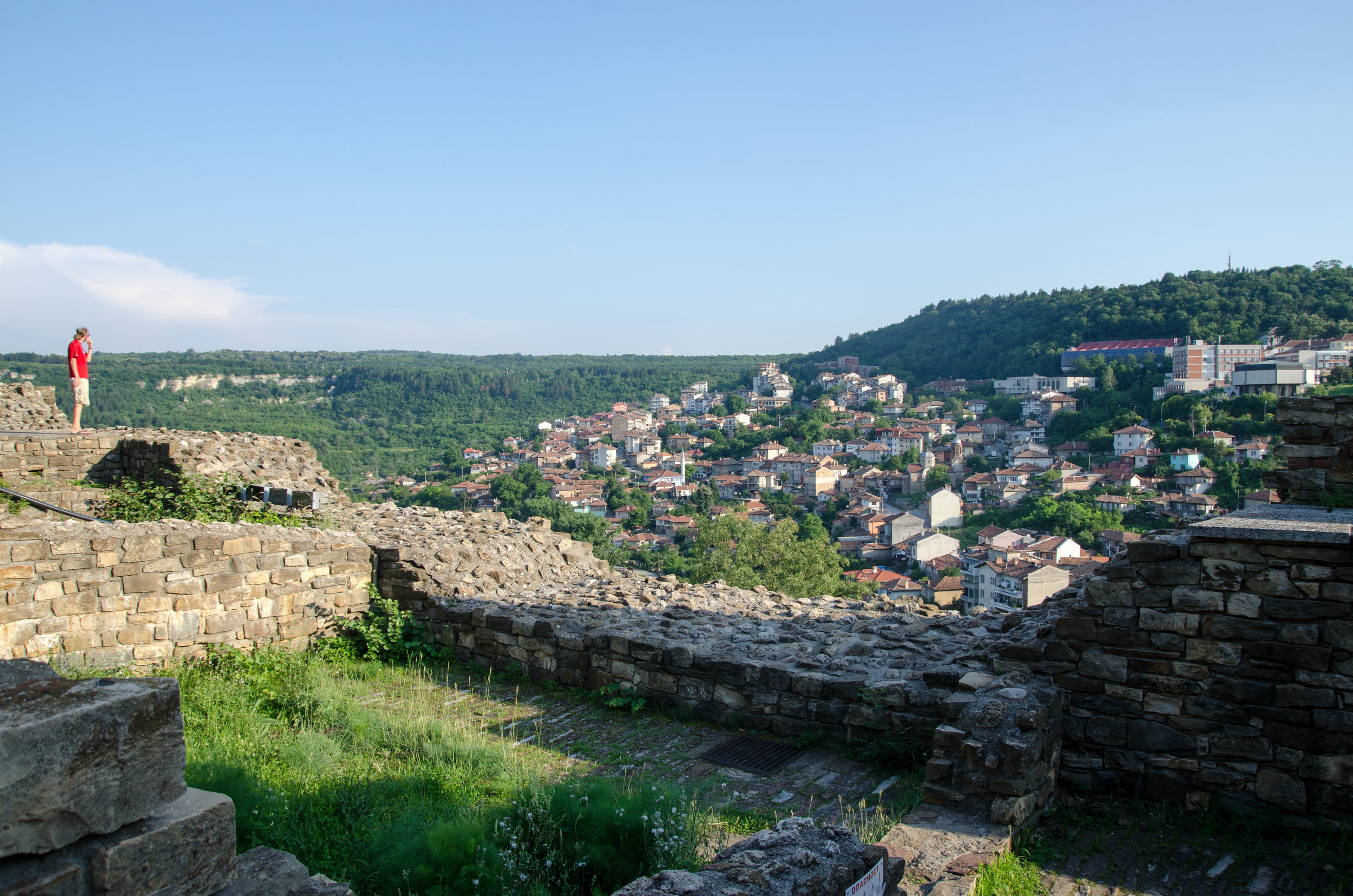
The town is exactly what I thought Bulgaria would be like, what any small European town should be like. Quiet, with people sitting in front of their shops or peeking out of their windows to watch life on the street below. There were only a handful of restaurants on the main street running through town. When we wandered off the main street, we found ourselves on a more touristy street- without the annoyance of a typical ‘touristy street.’ Shopkeepers could have cared less if we ducked in for a keychain or handbag, as most were busy smoking or gossiping with a friend on the phone. Not many other tourists were around. The only surprise of the city was how unbelievably hot it was. We later found out the town is the hottest of all of Bulgaria. We have yet to figure out why.
We made our way to Tsarevets Fortress, what Veliko Tarnovo is known the most for. That, and being the historical capital of the Second Bulgarian Empire. I guess that’s worth mentioning as well. Andrew made me pose for the picture above after he realized I had caught him on video being silly. I obliged. The hike up was rough, in the heat, after a huge meal. We thought we were being smart by going around five, after it was supposed to be “cooler” but we were dying and I had to linger in the shade often. We were also told we needed at least two hours to explore the entire fortress, but we found that less time was enough for us. Maybe had it been cooler, we could have stayed longer… But it wasn’t. And we were hot. The views were wonderful though!
Tsarevets Fortress was the Second Bulgarian Empire’s primary fortress from 1185 to 1393. During this time there were houses, chuches, everything that used to be in most fortresses. Unfortunately, not much stands today, except for the reconstructed church; The Patriarchal Cathedral of the Holy Ascension of God at the very top of the fortress. It’s no longer functioning as a church, but visitors can go in and check out the frescoes that I’m fairly certain my mother would simply call ‘ugly.’ They weren’t my favorite, but it was fun to see something so different. Some looked so out of place, like they were collaged together, not painted. Like I said, interesting…
I liked the "DANGER!" signs as well. I would have liked them even more if someone had scrawled out “NO YOGA POSES ON THE WALL!”

